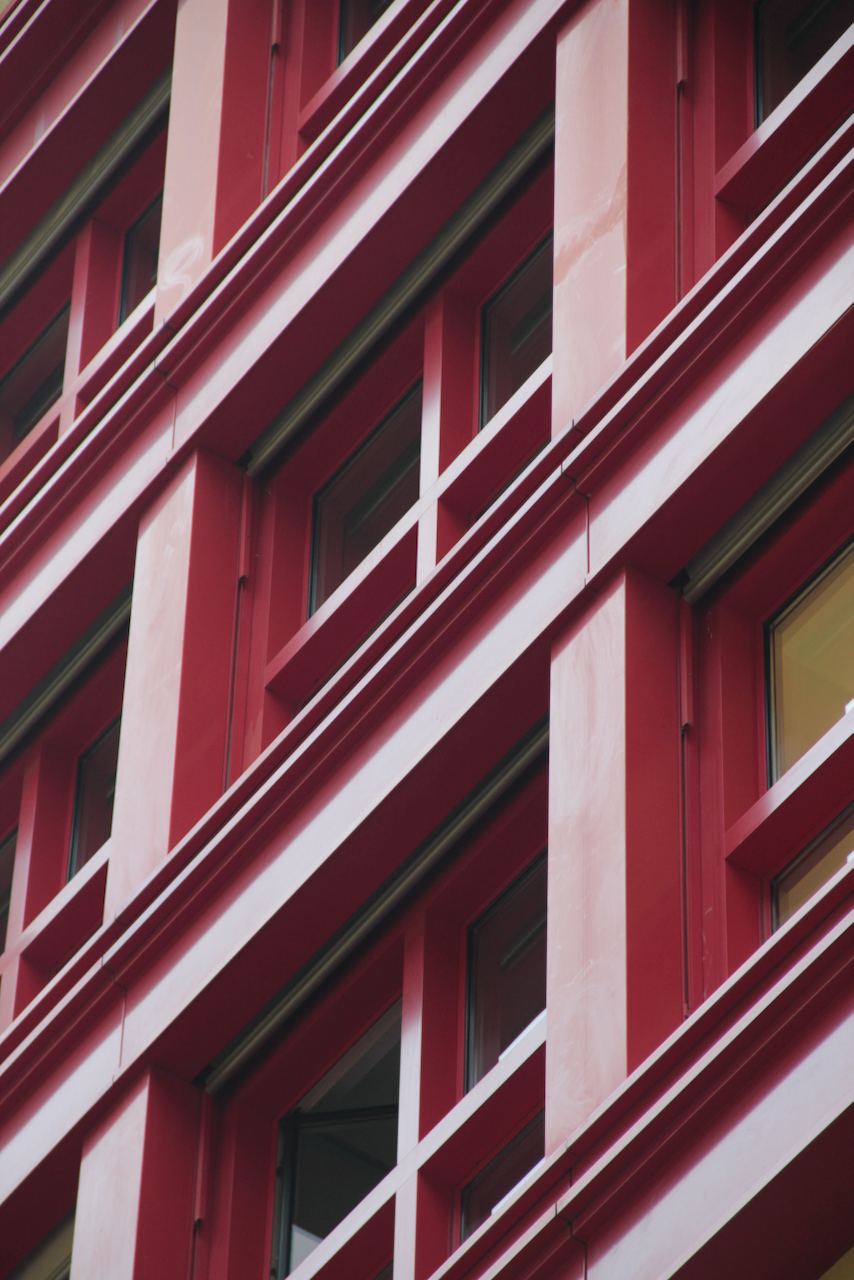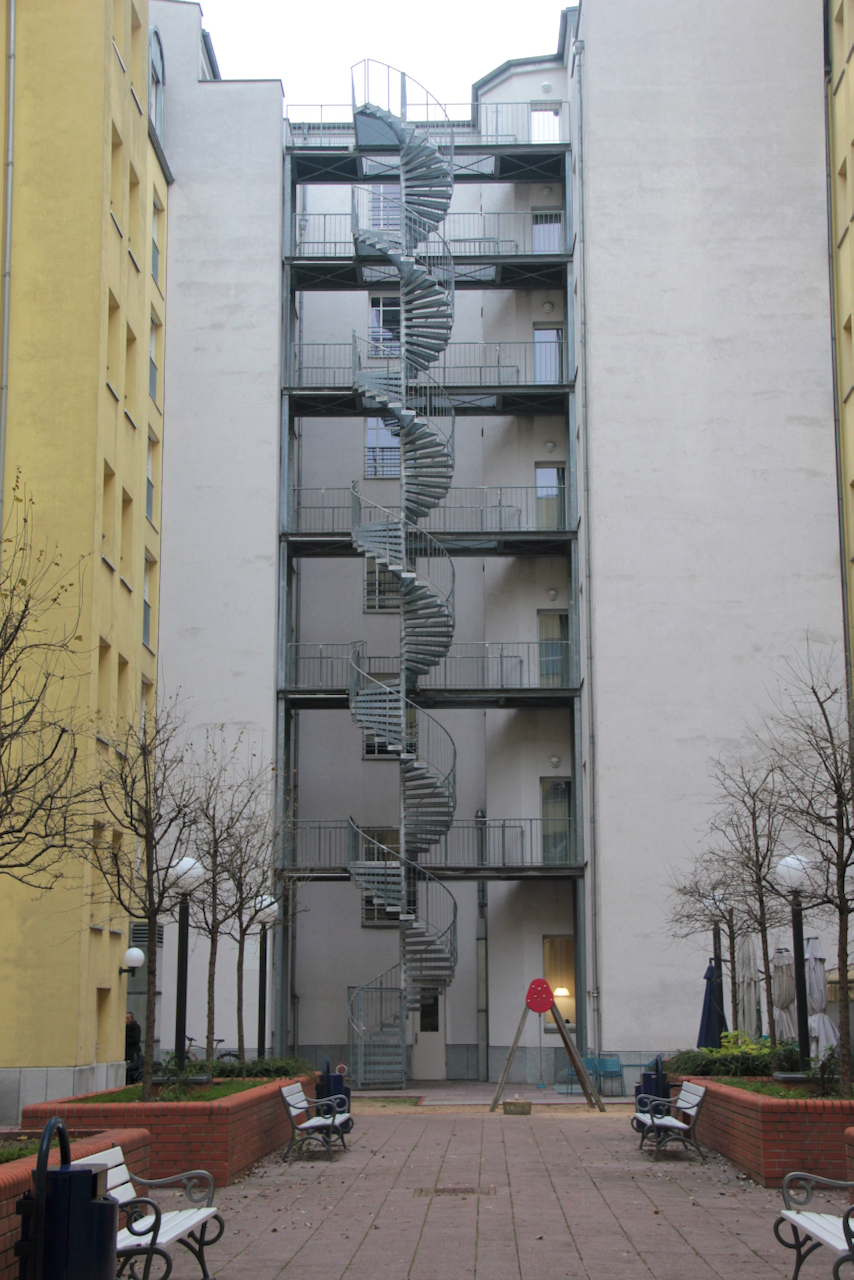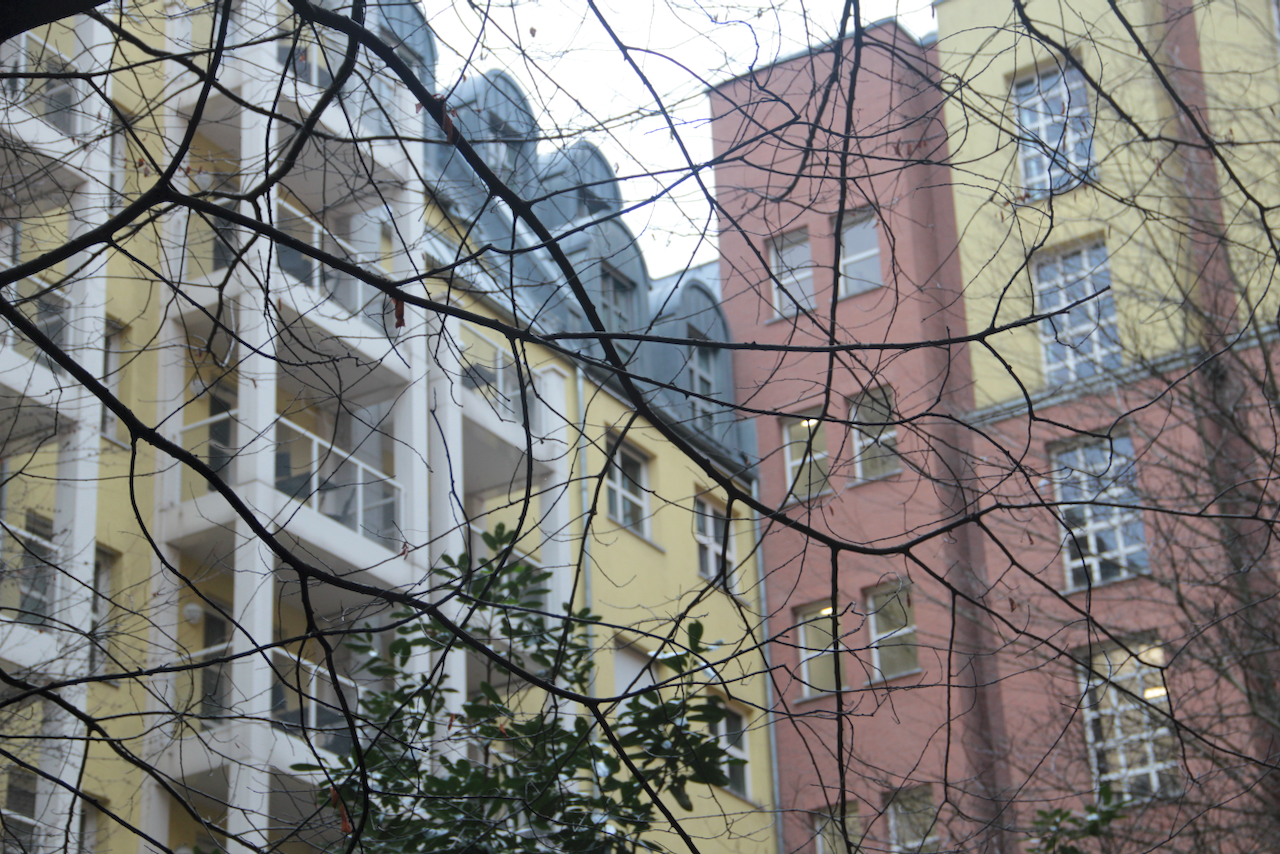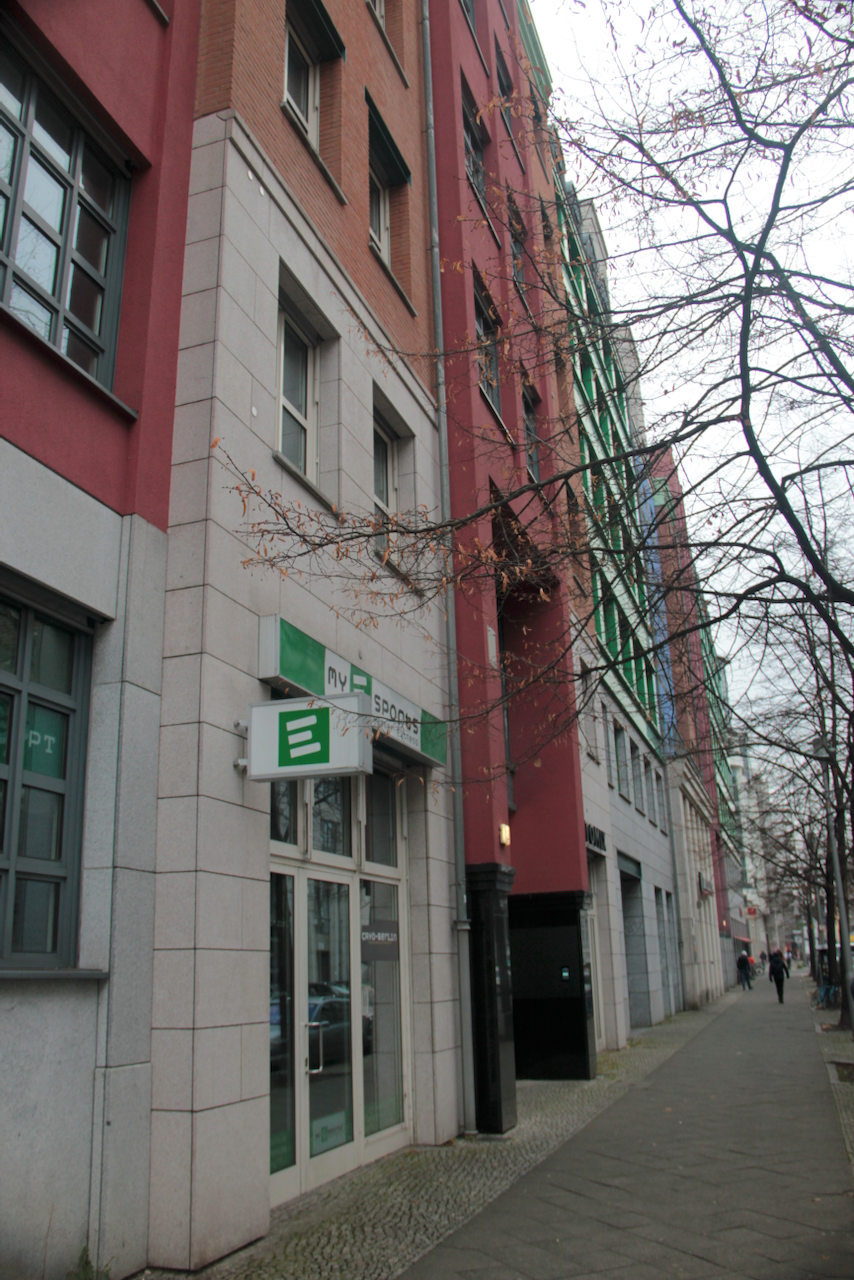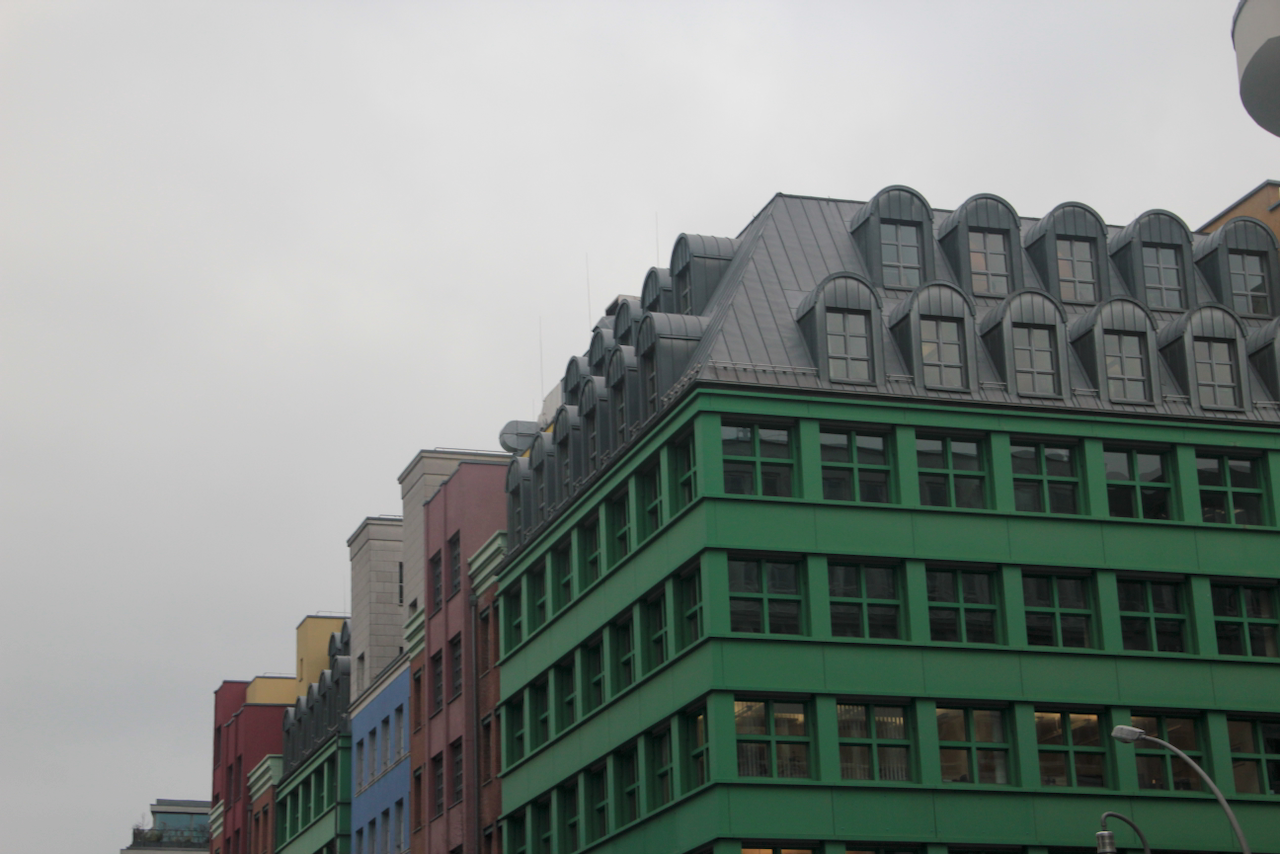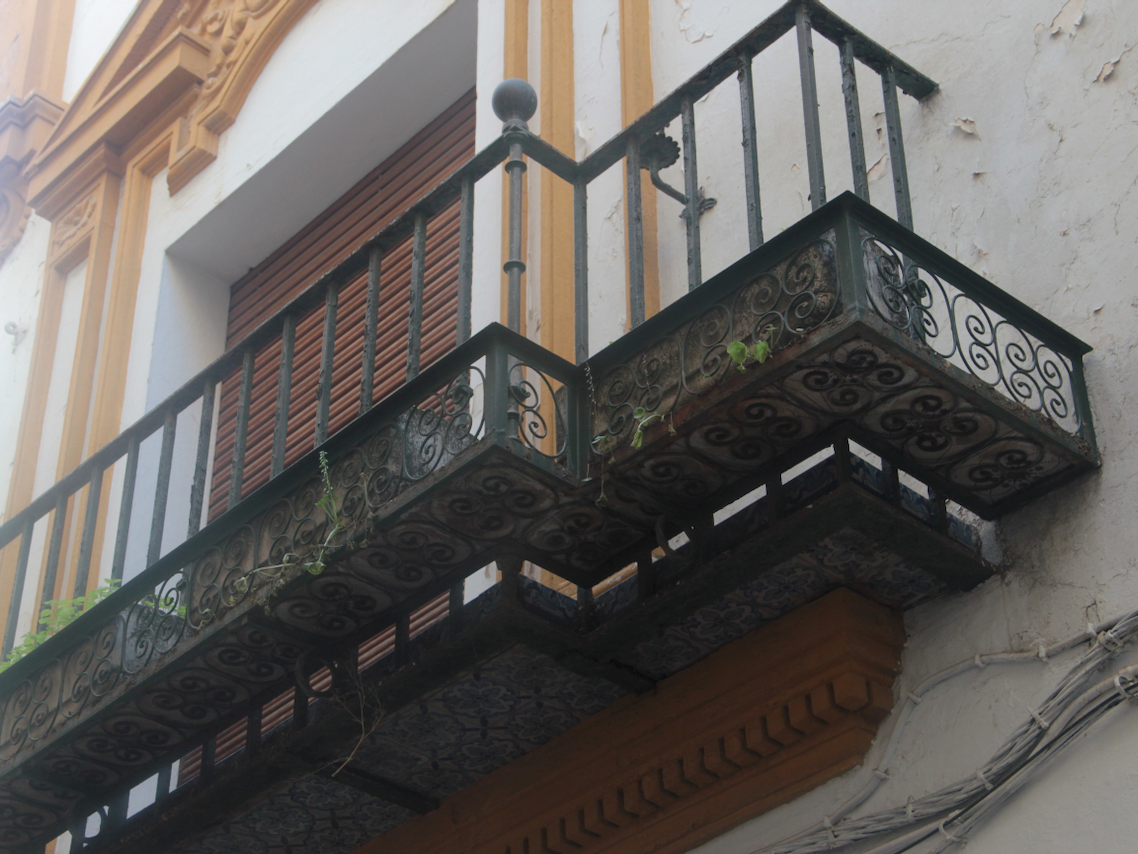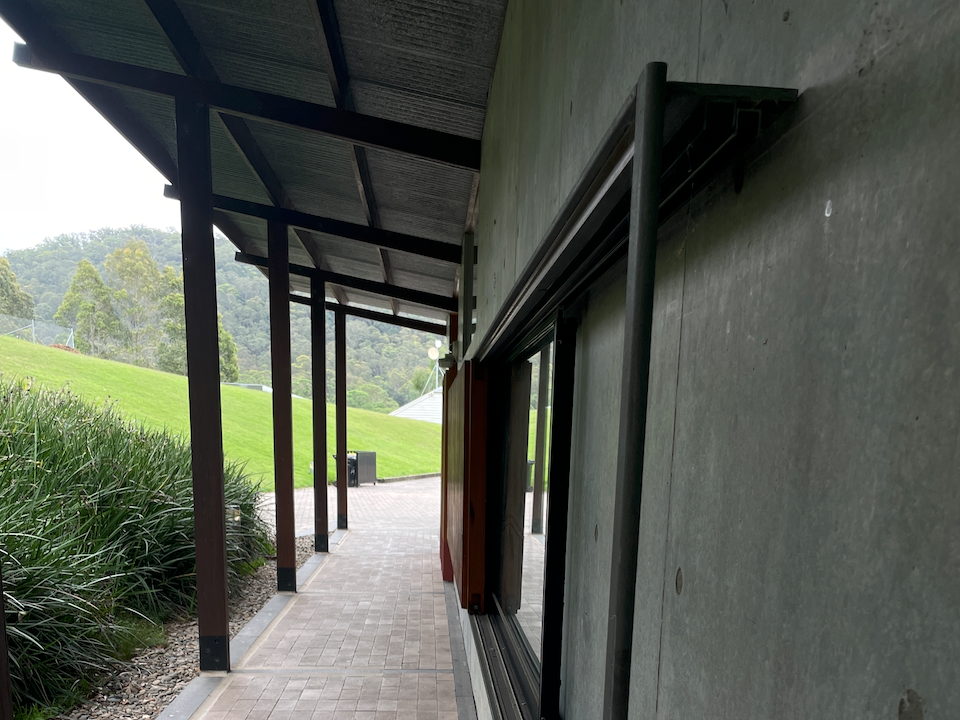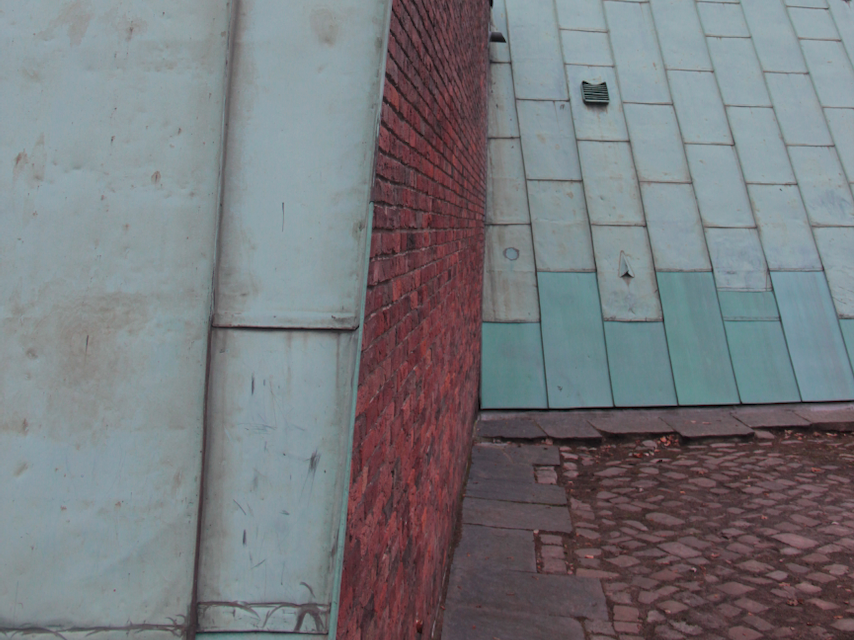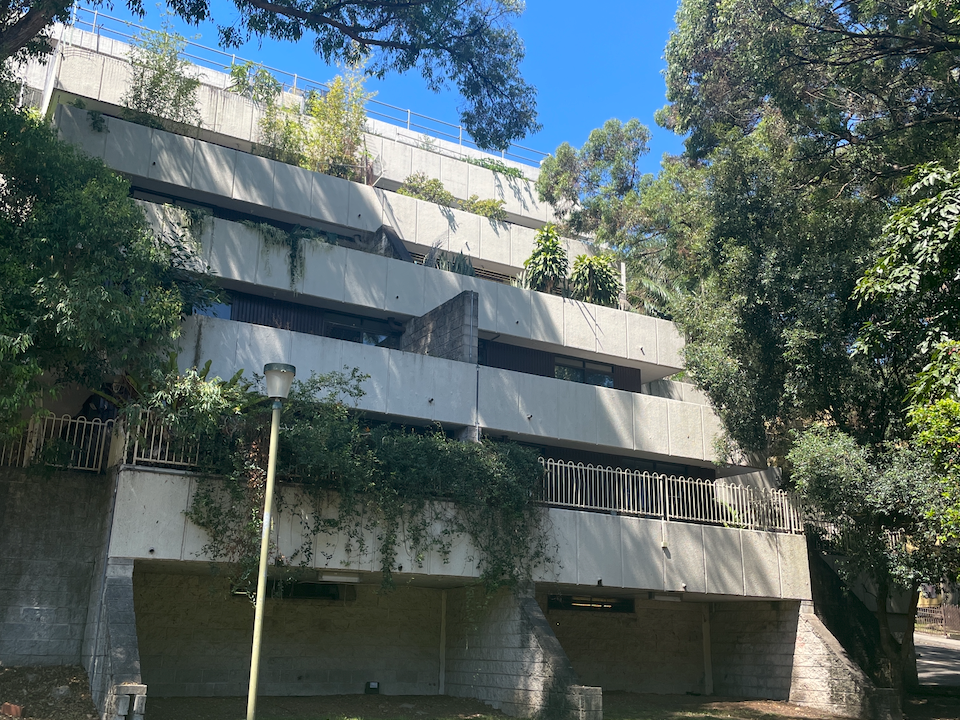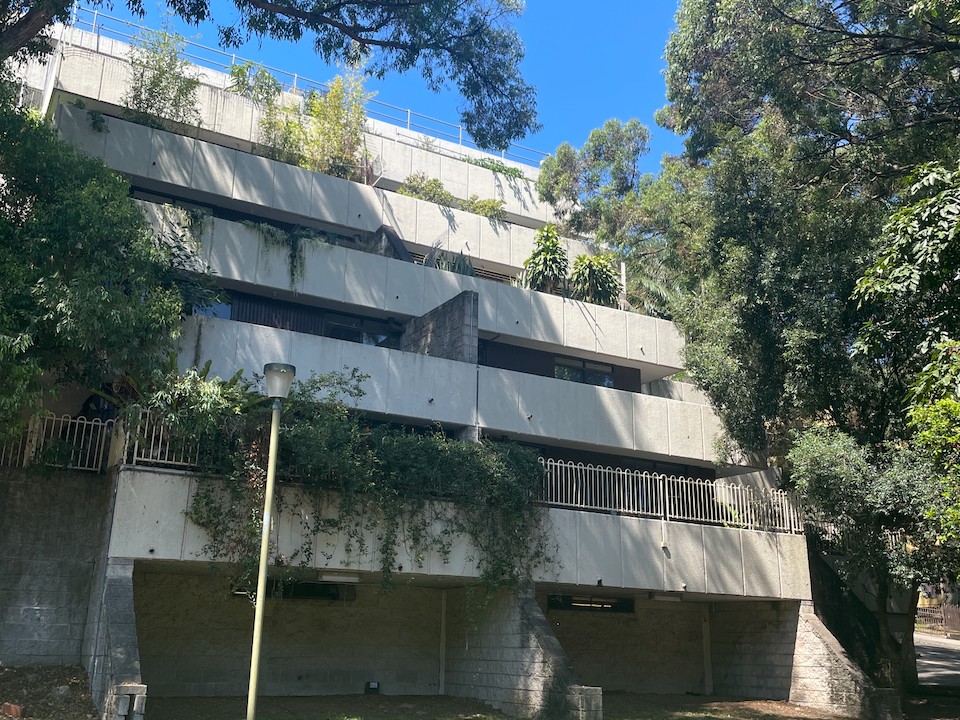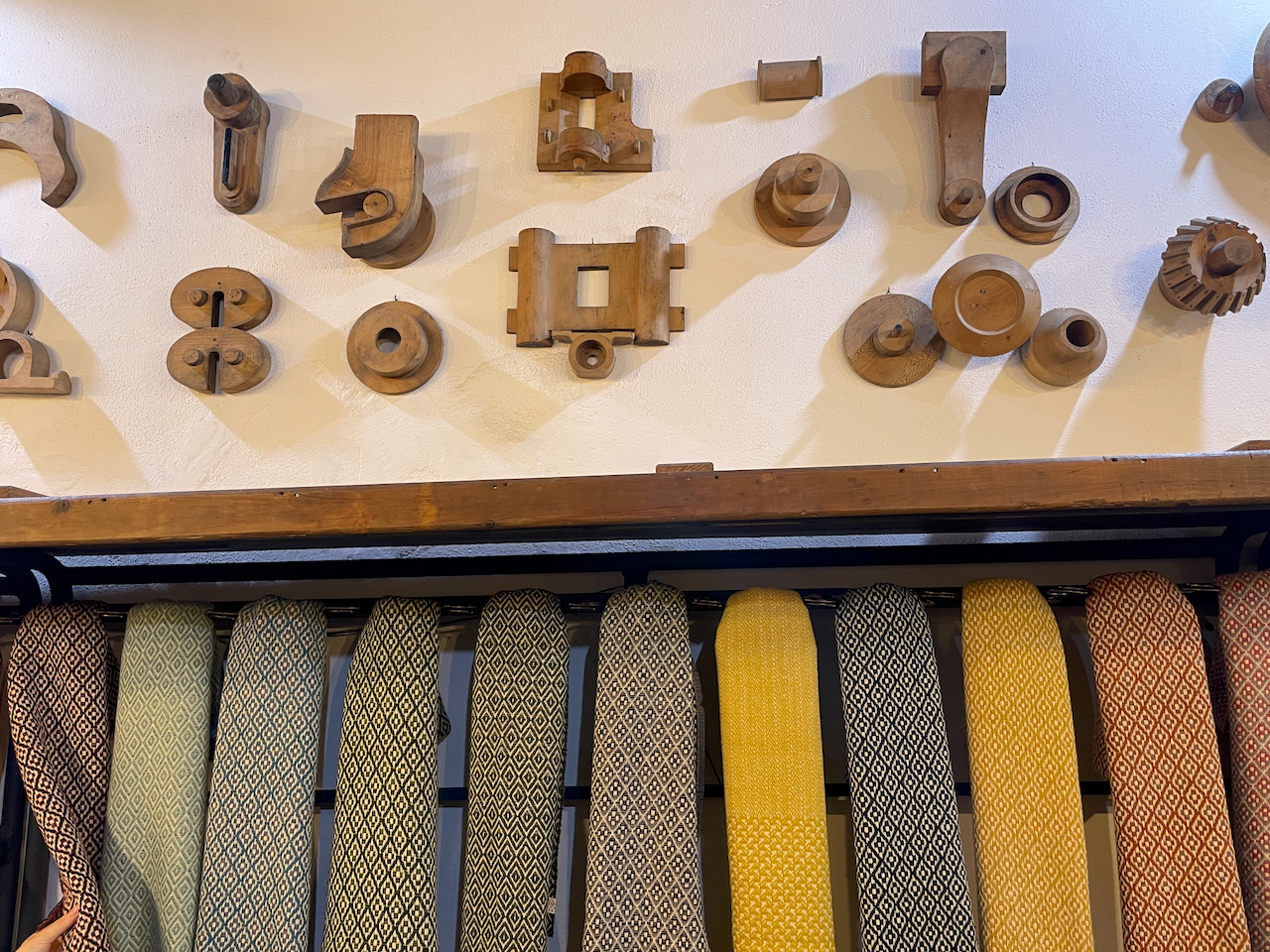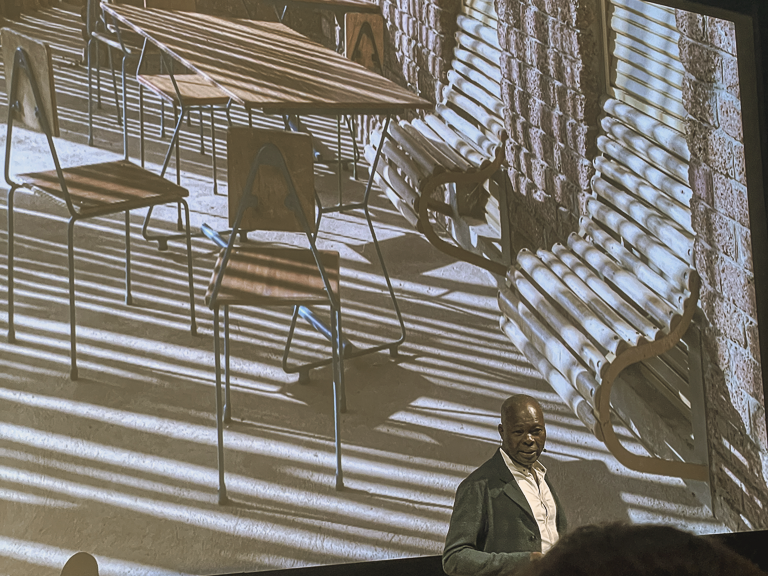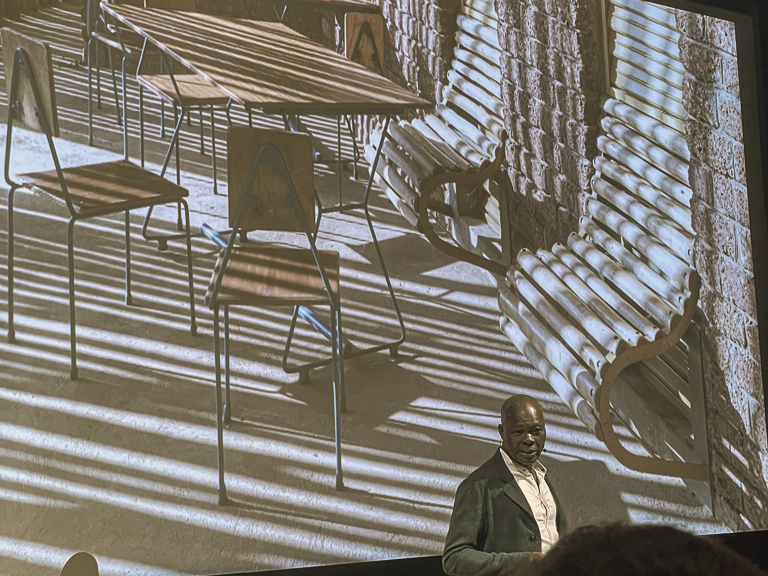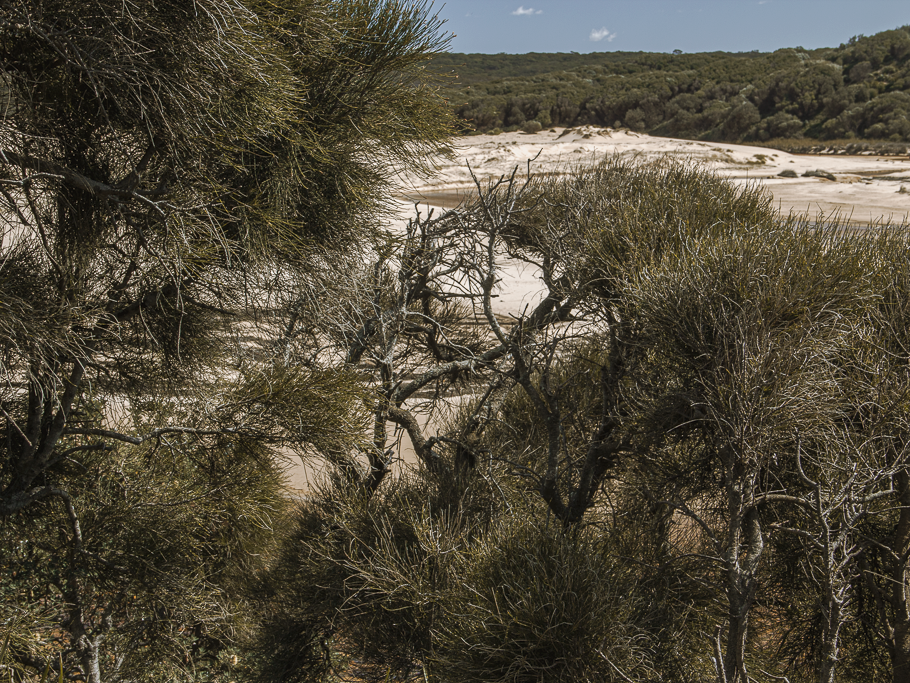WZB Berlin Social Science Centre. James Stirling and Michael Wilford, 1988.
Wohn und Geschäftshaus Checkpoint Charlie
(O. M. Ungers, 1998)
This building plays carefully between modern expression, technological advancement, material honesty and craftsmanship and its cultural role as an indicator of change and perception.

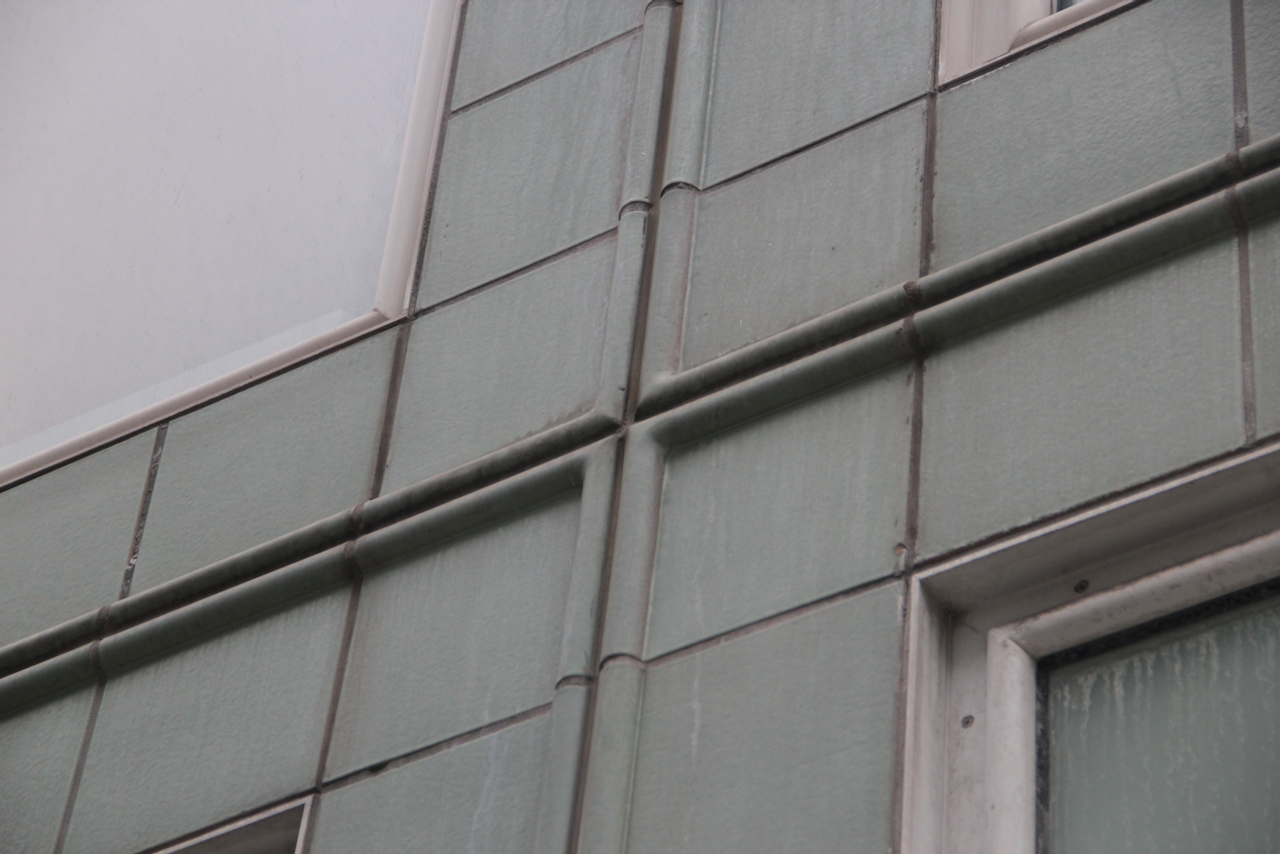

Neue Nationalgalerie
(Mies van der Rohe, 1968)
The scale of this building disappointed me. Having looked at it for the past year as a desktop background, approaching the gallery felt awkward and cold. Instead of impressing me, the size felt like a barrier to engage, resisting its context, resisting my approach, and resisting the engagement with people and art within.
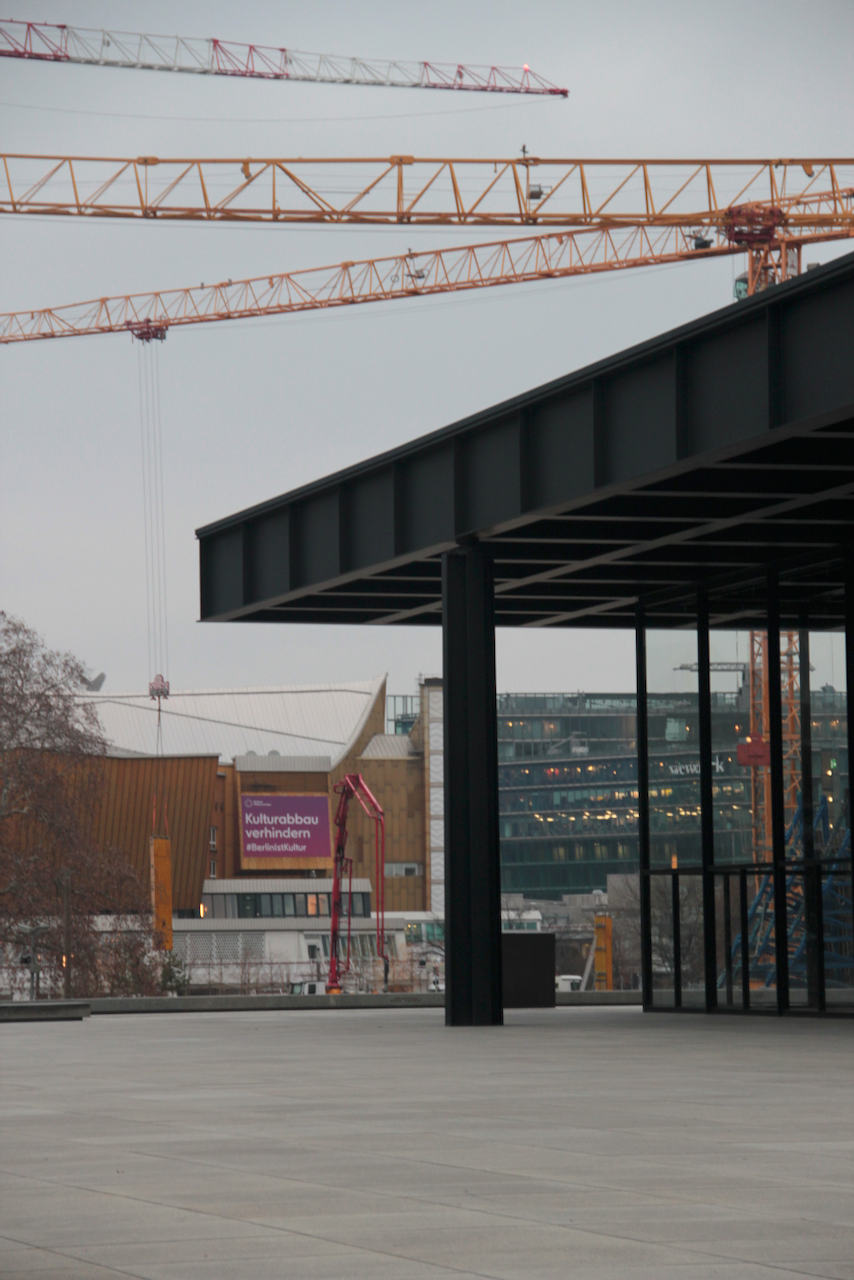
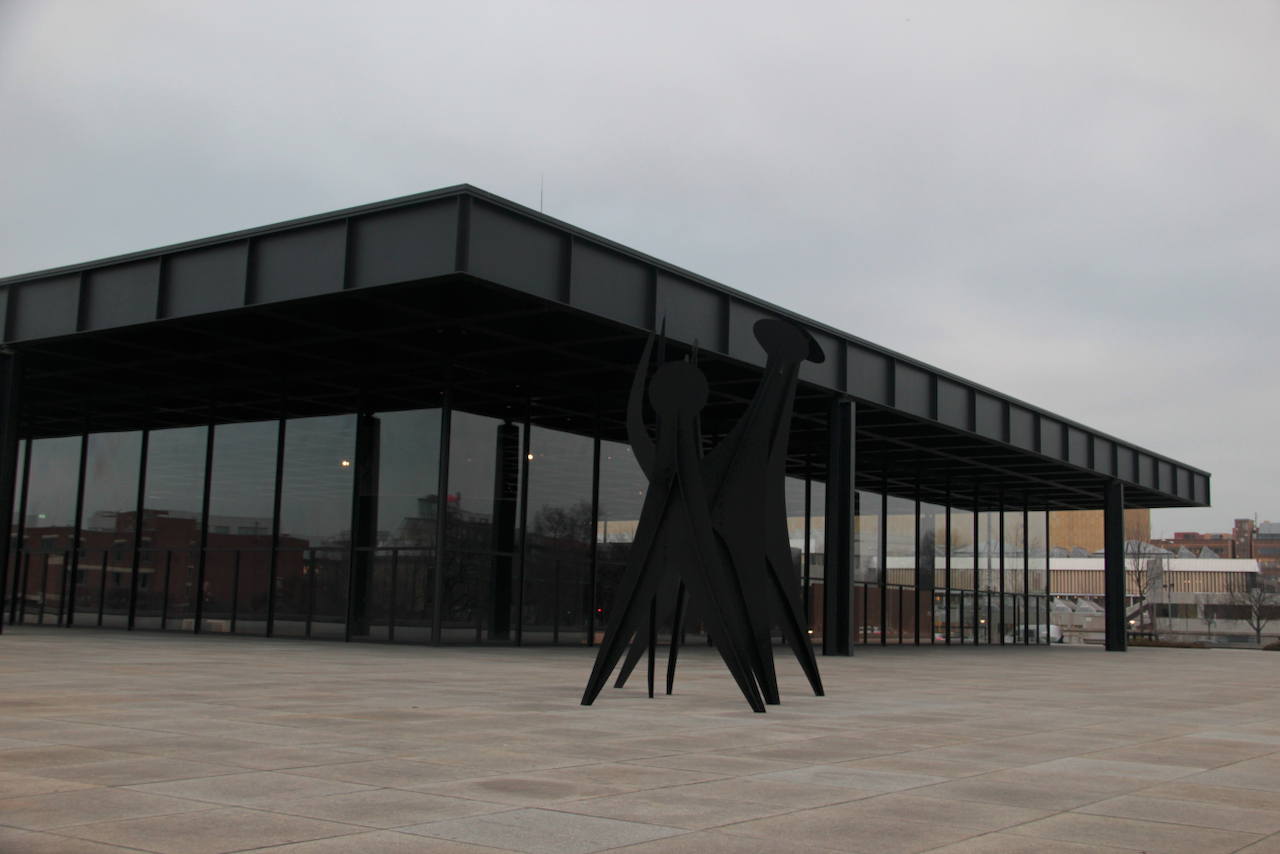
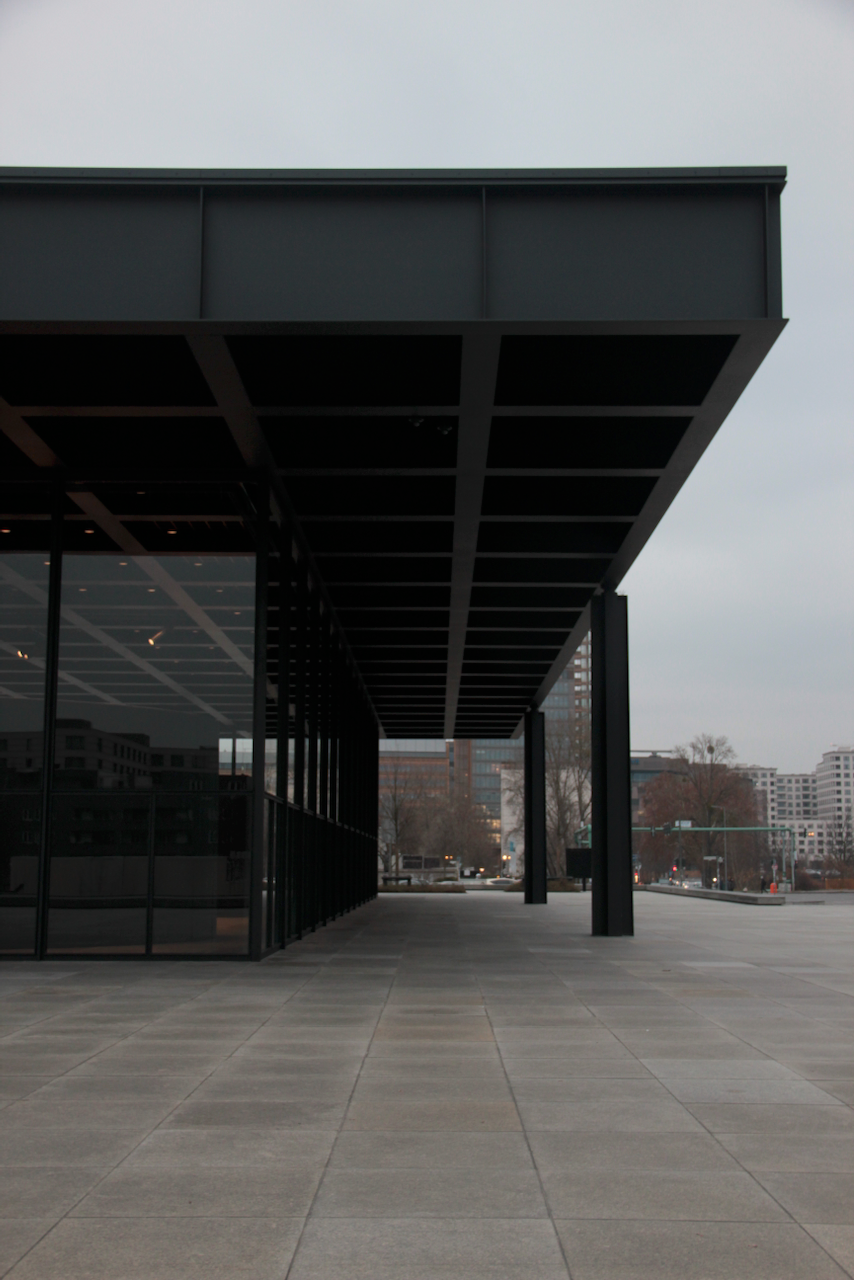

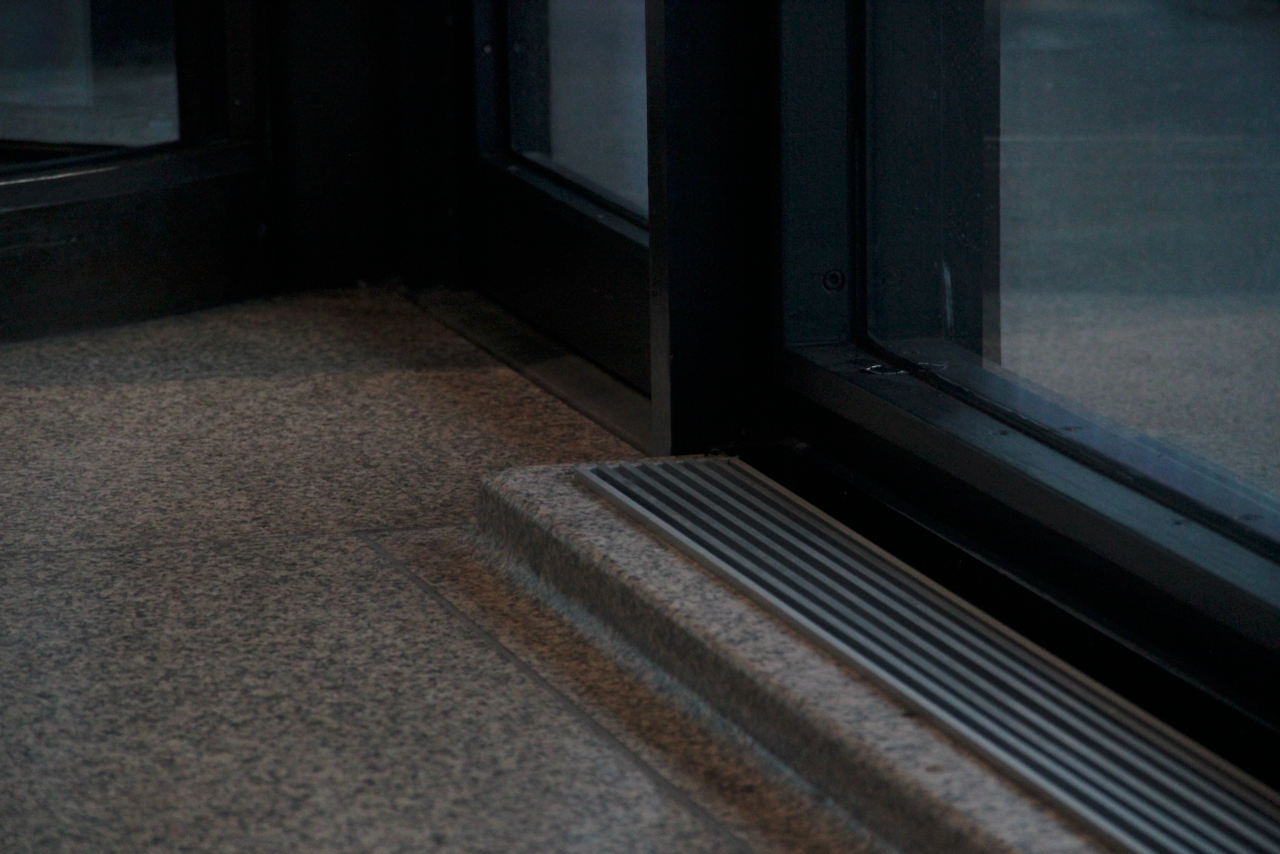
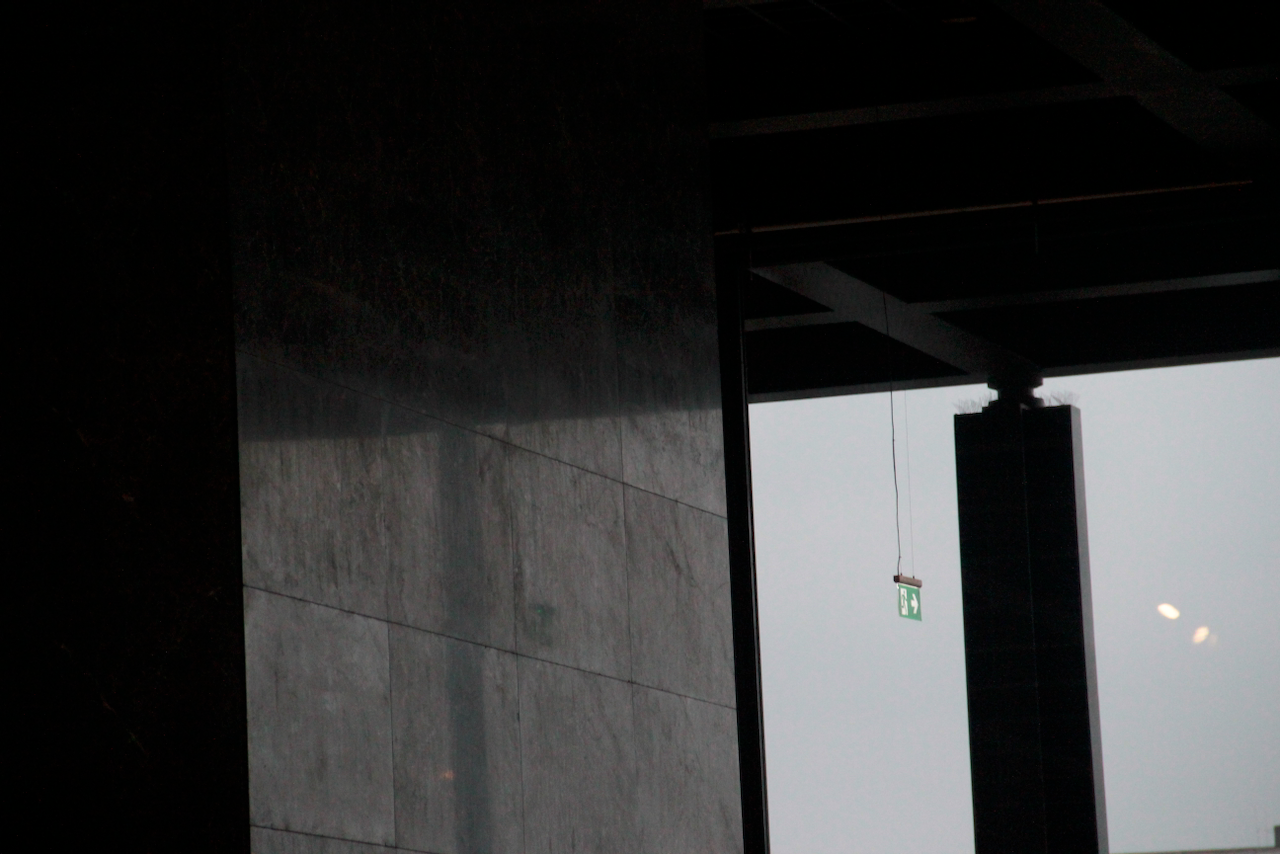


The Kreuzberg Tower & Wings
(John Hejduk, 1988)
placeholder
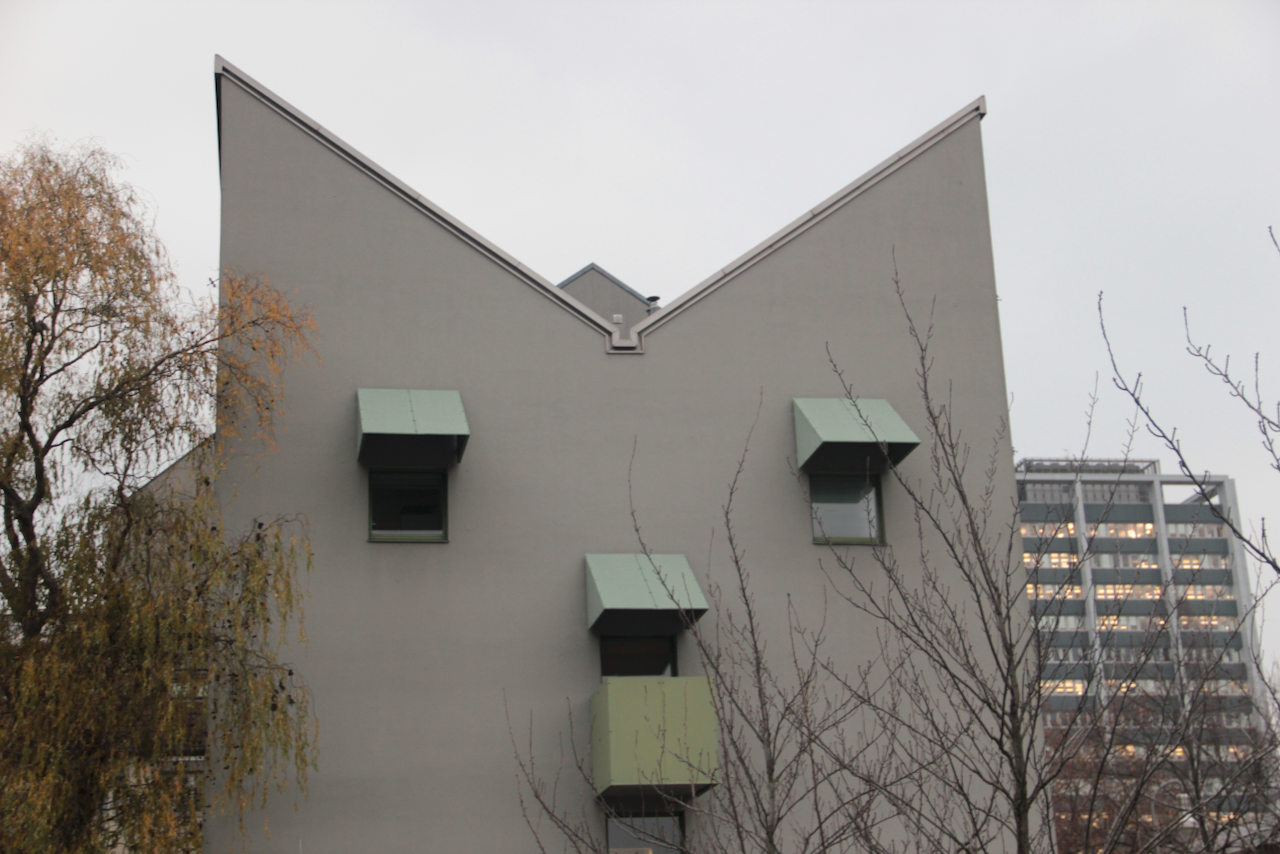
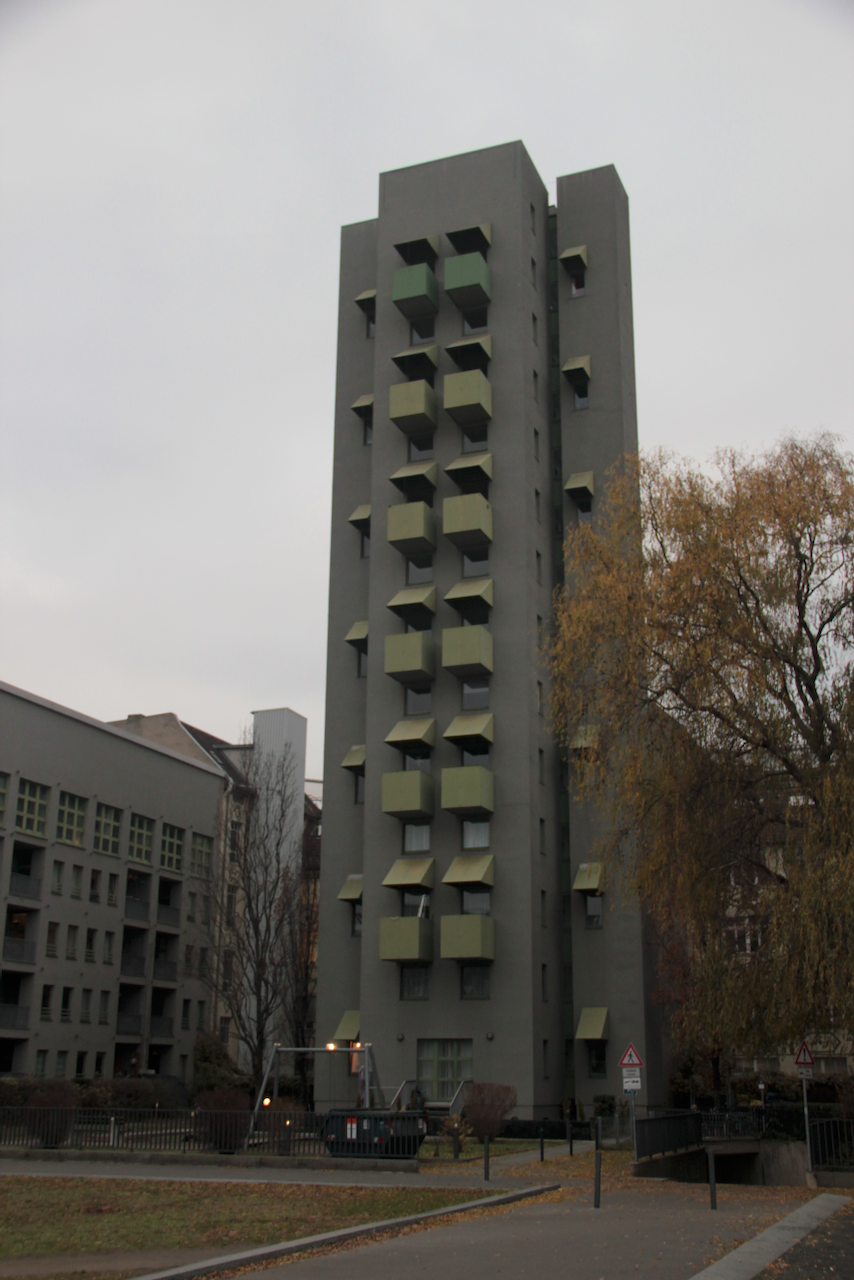
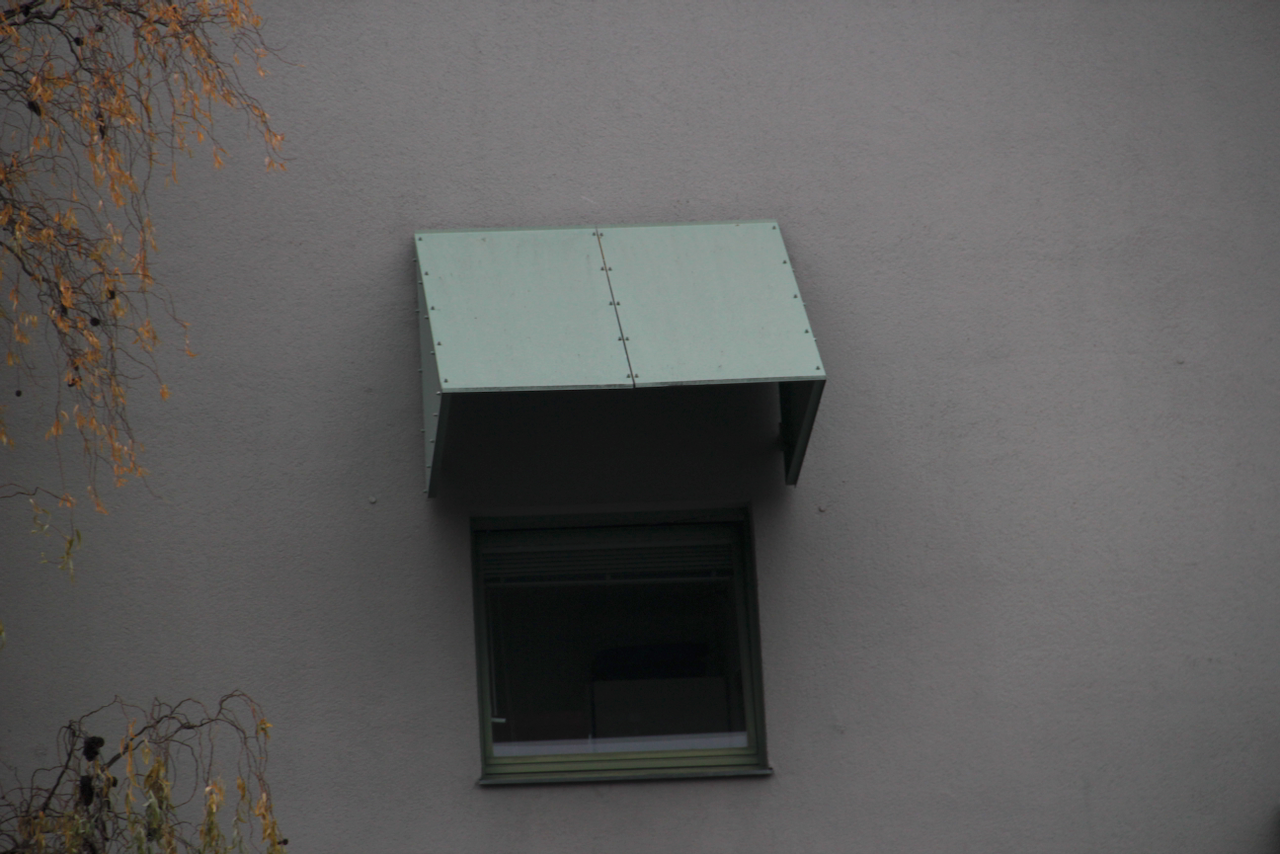
Kaiser-Wilhelm-Gedächtniskirche
Egon Eiermann (1961)
Interior stain glass through waffle slabs. The building skin is deceptively double layered. With access to replace individual bulbs that simultaneously illuminate the interior and exterior – much like a lantern.
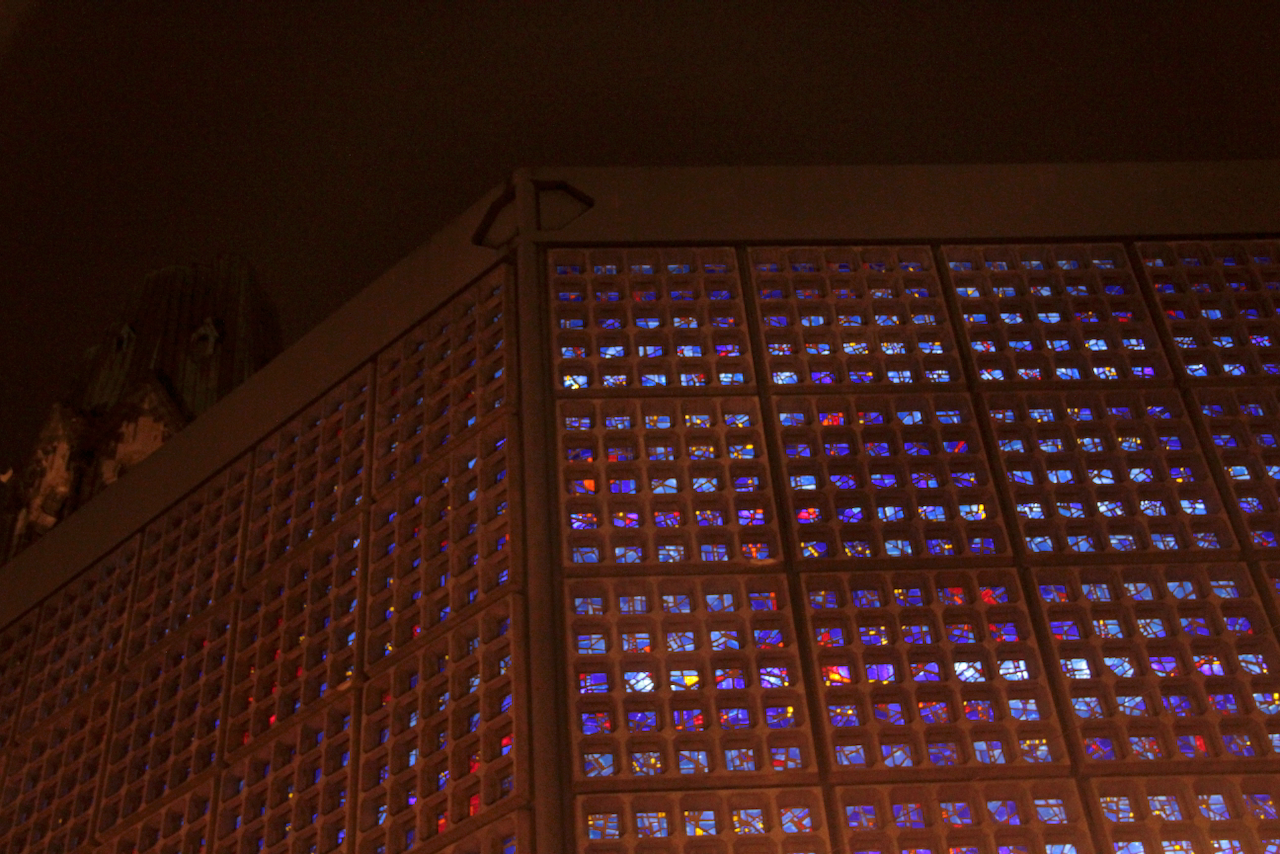
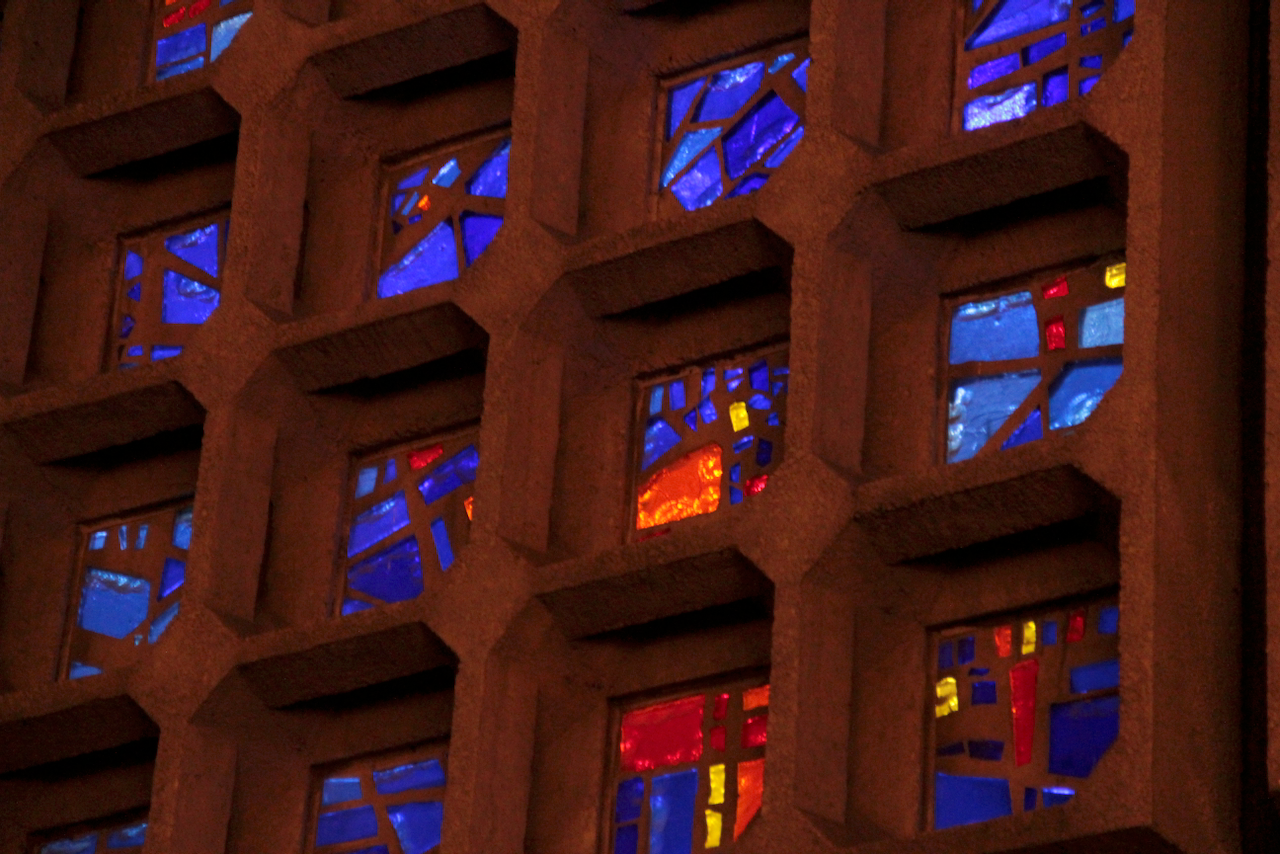

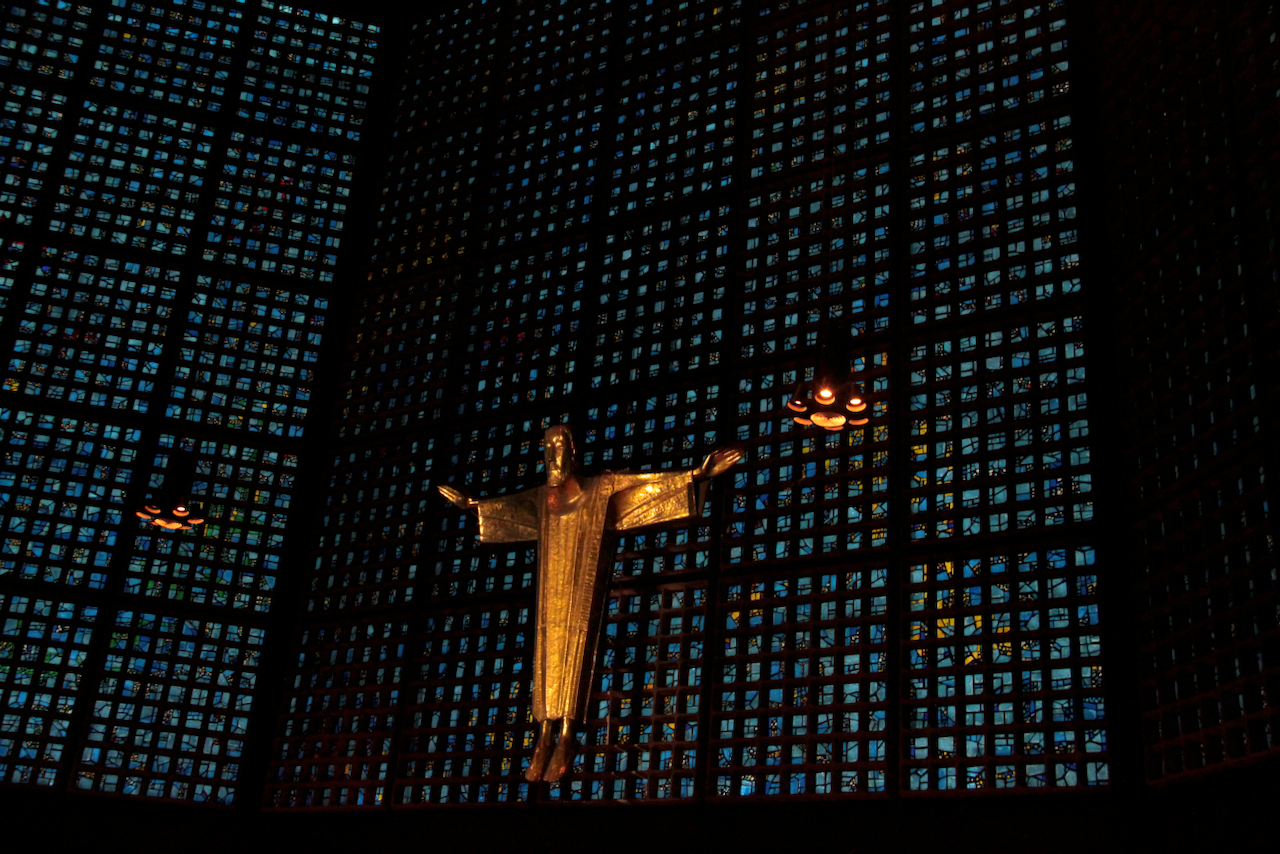


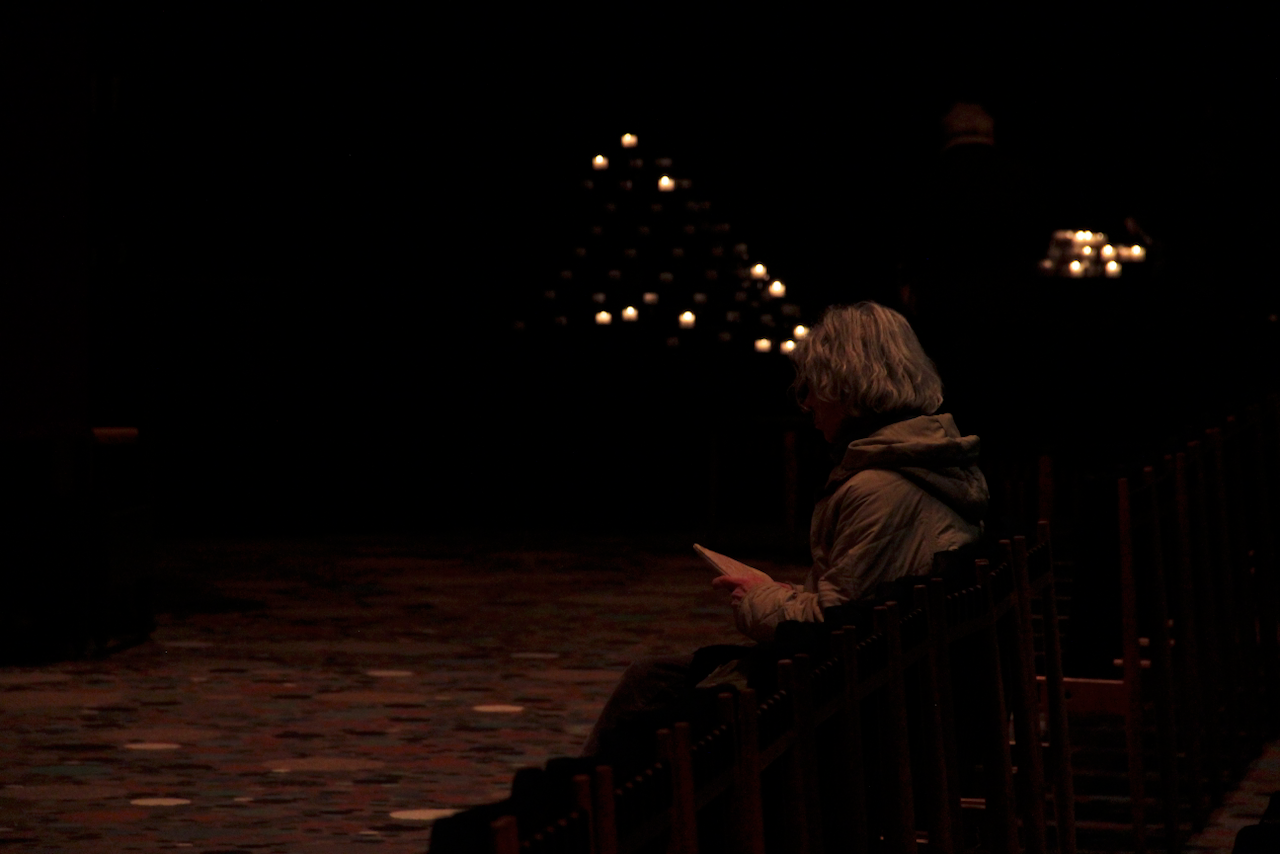
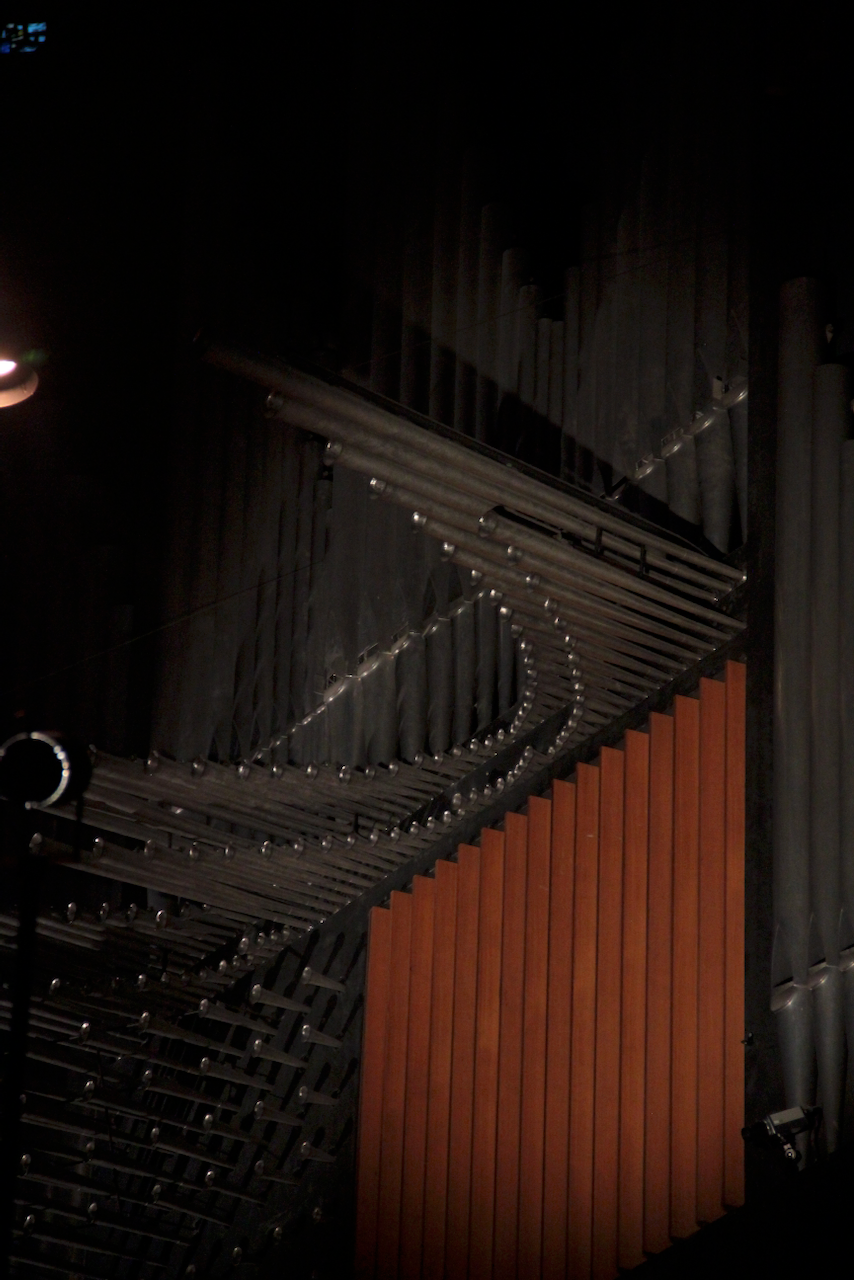

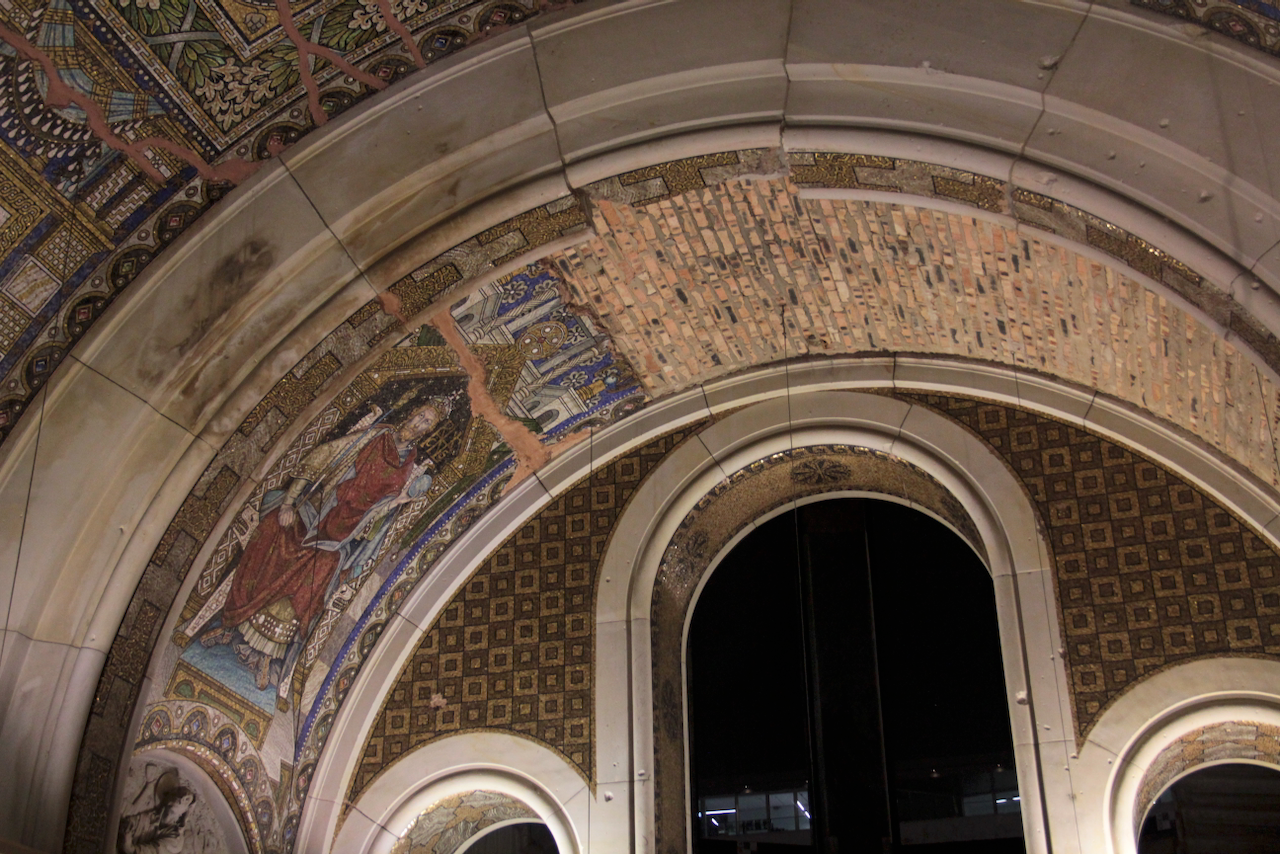
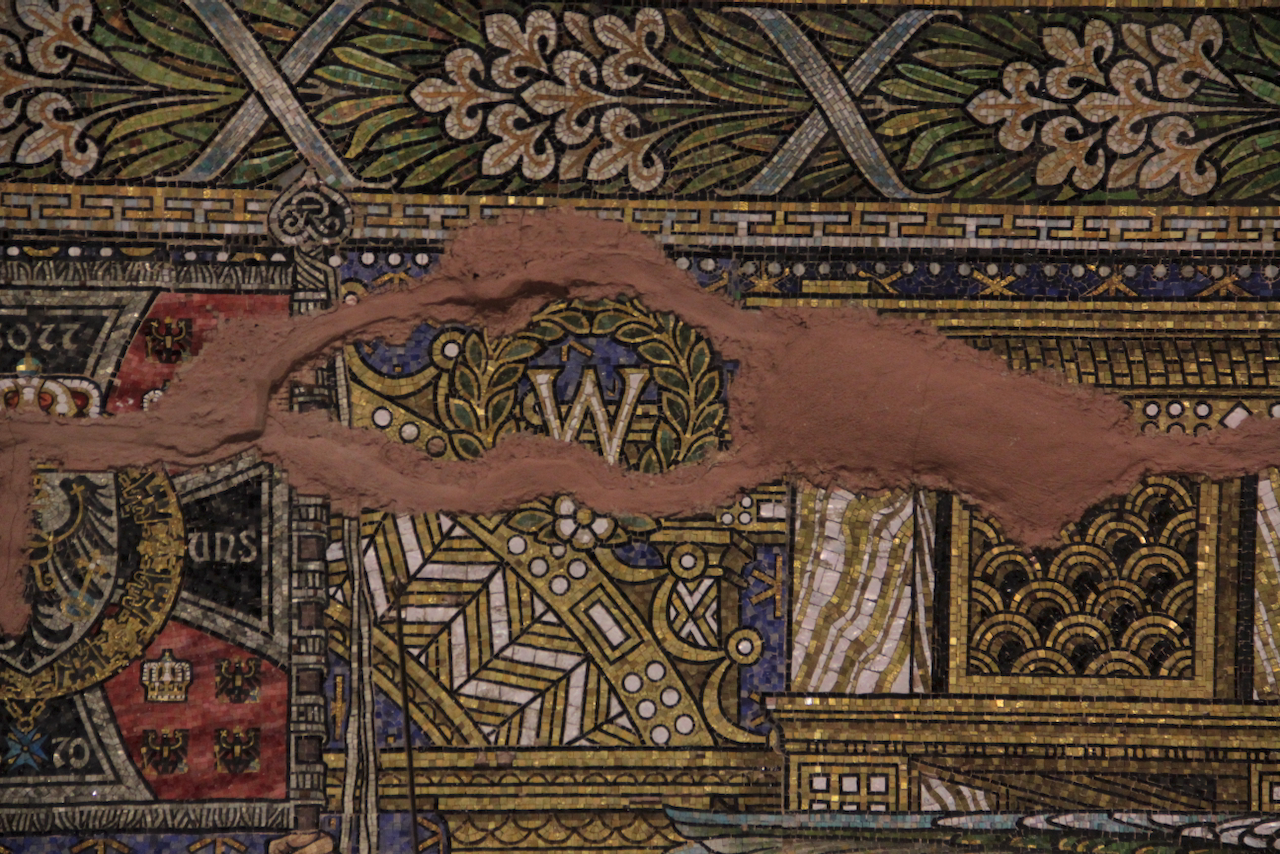
Denkmal für die ermordeten Juden Europas
(Peter Eisenmann 2005)
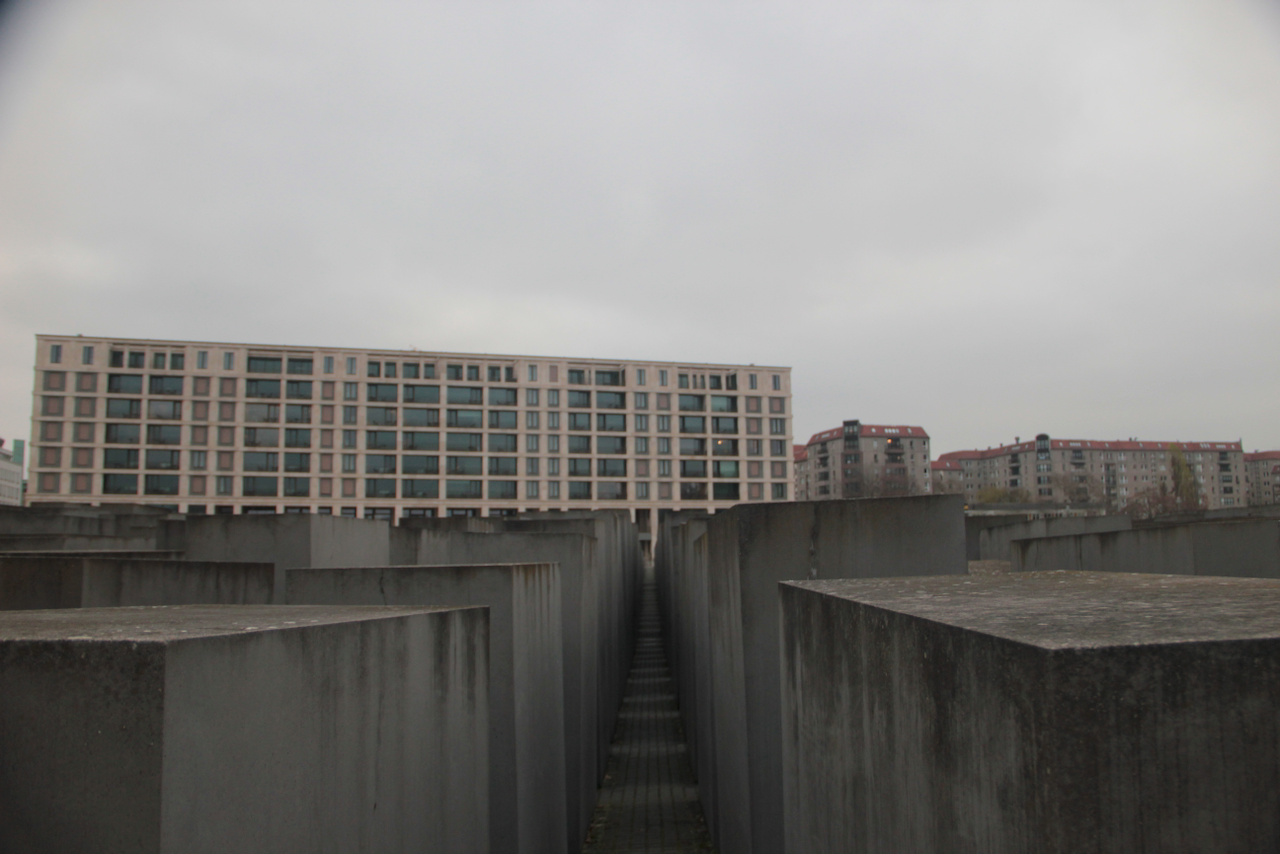
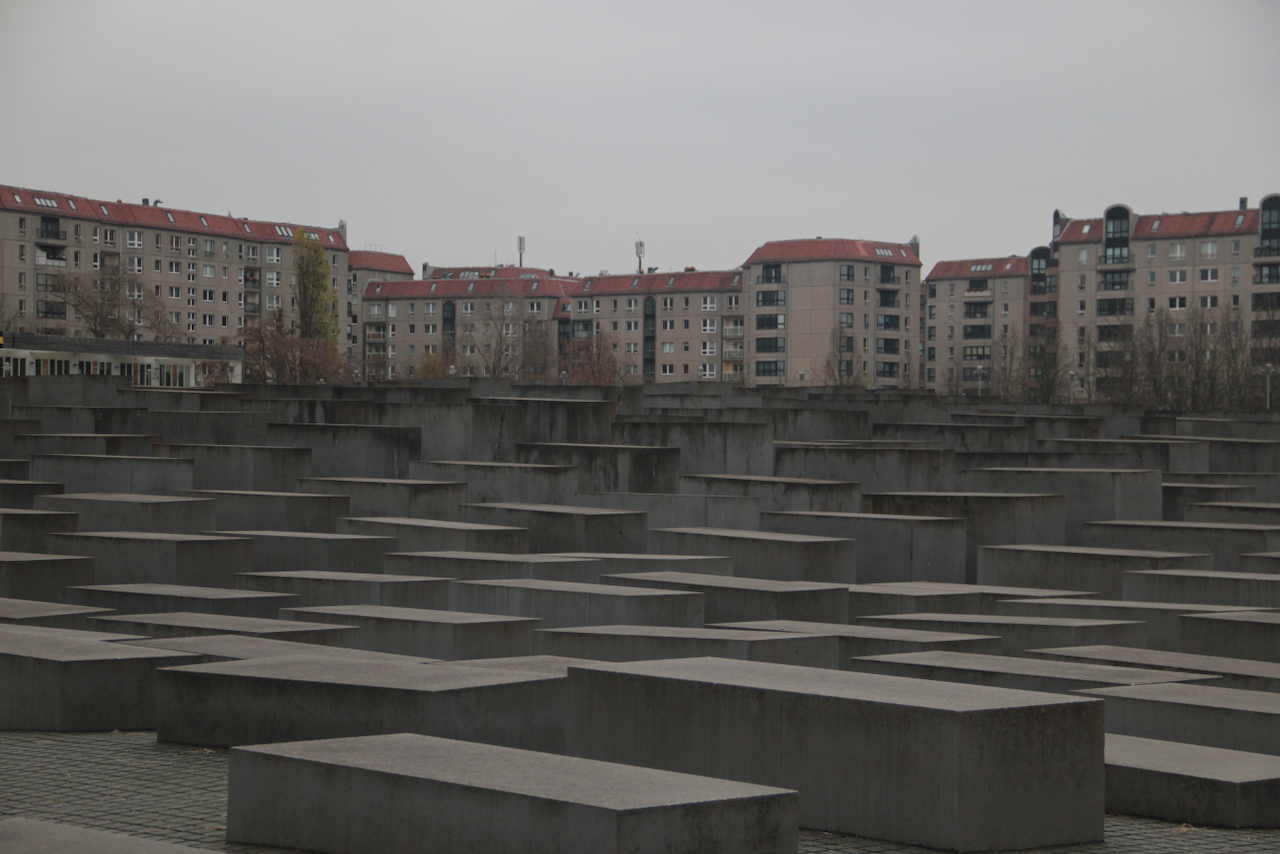

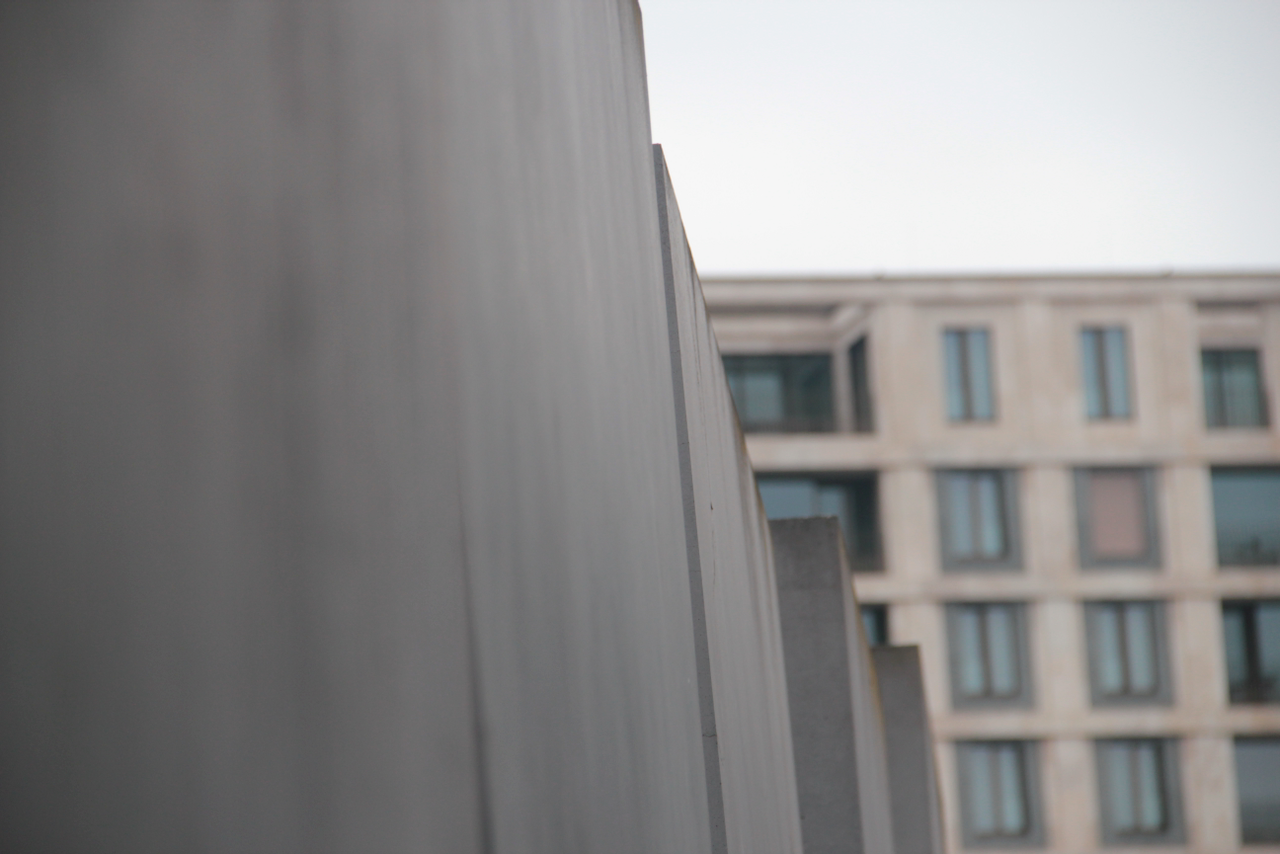

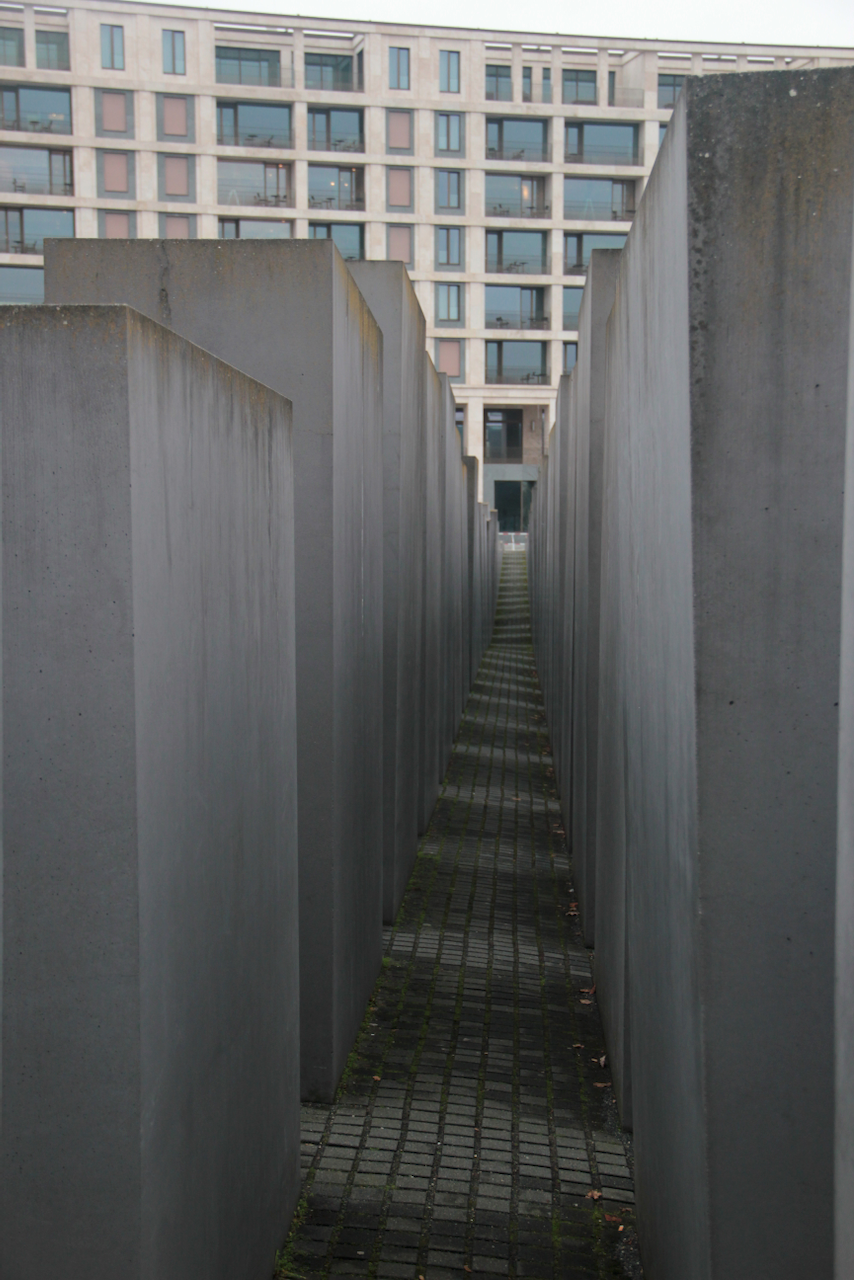
James Simon Galerie
(David Chipperfield 2019)
Engaging multiple levels for varying approaches and engagements. Grand entrance upward to a vantage point, secondary entrance through elevator, tertiary entrance through slip-door off footpath, down to gallery epicentre.

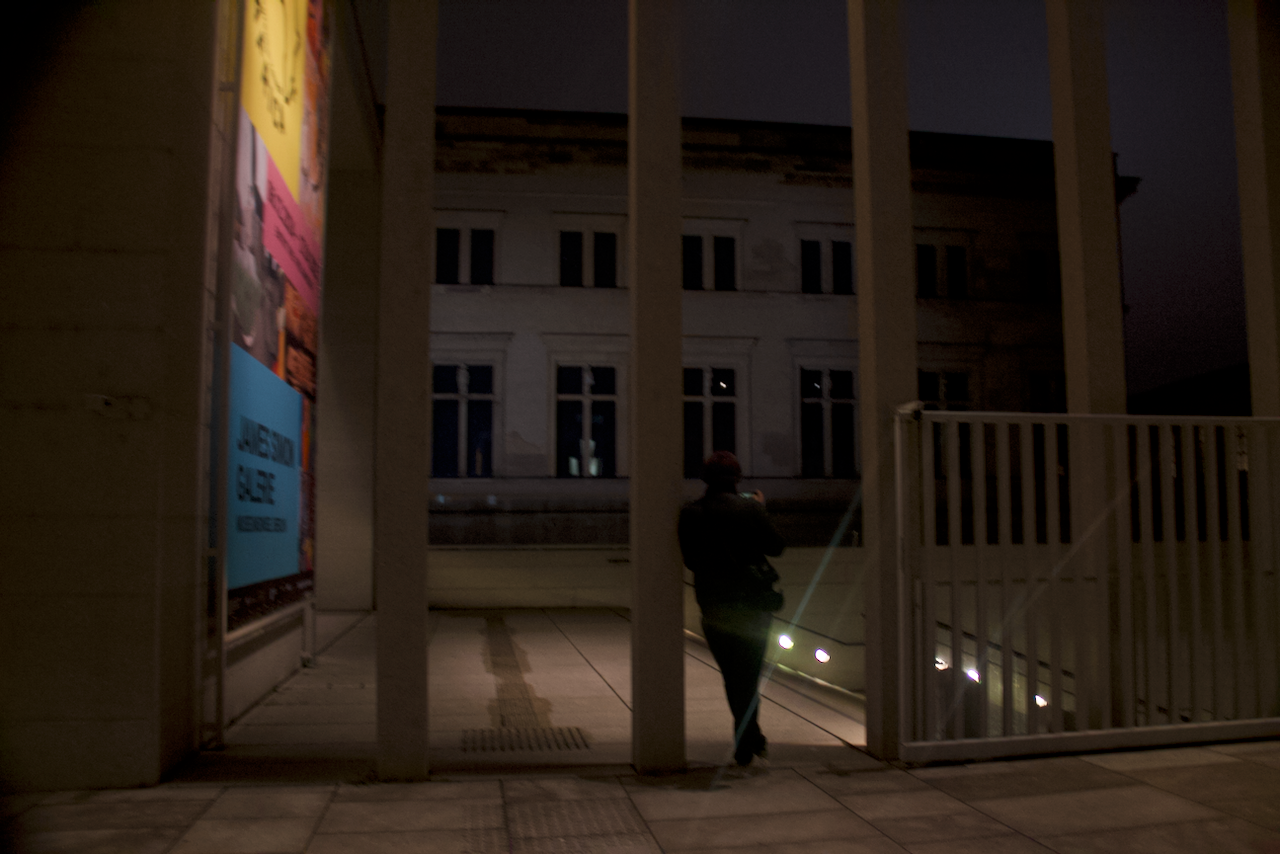

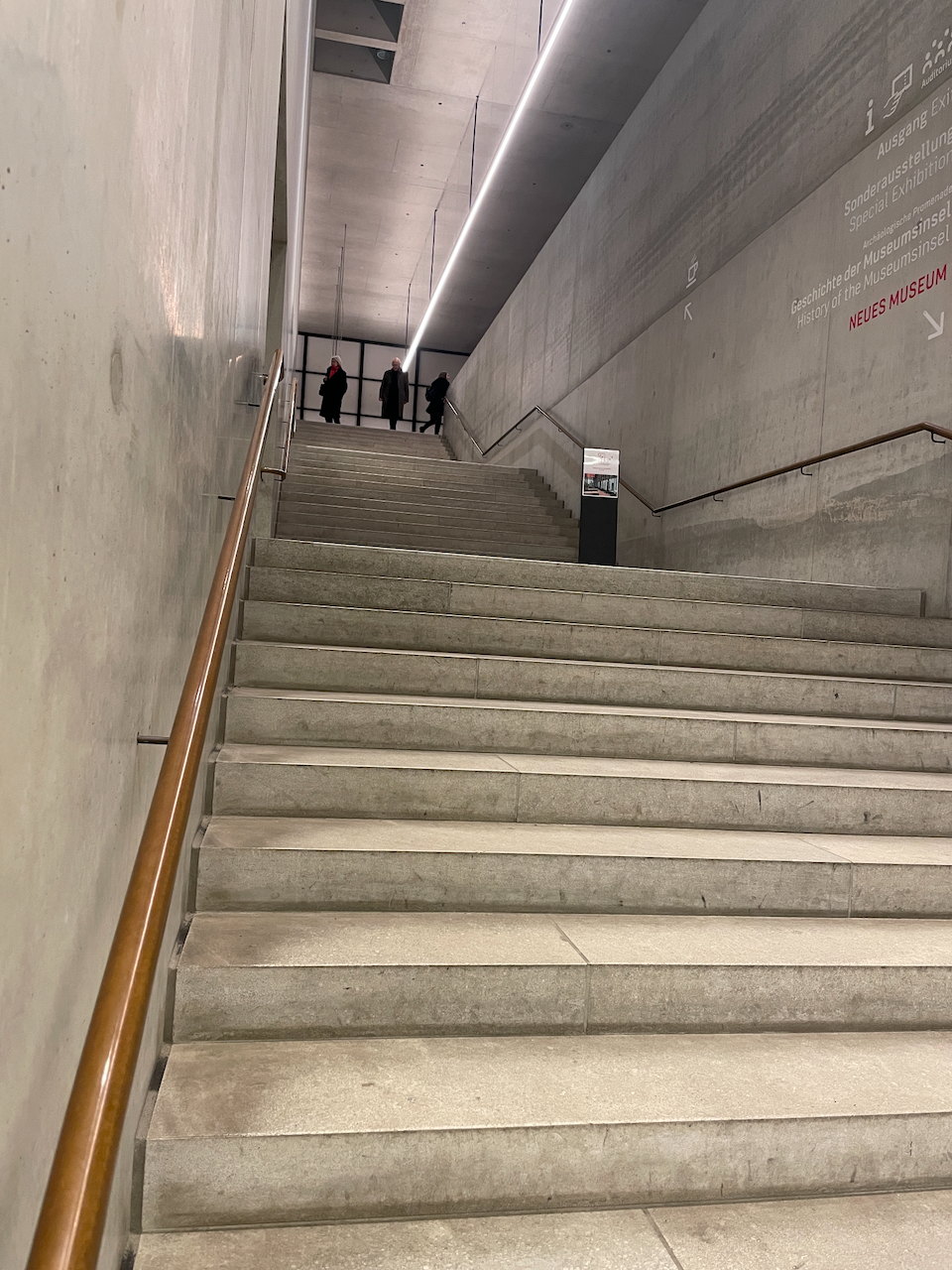
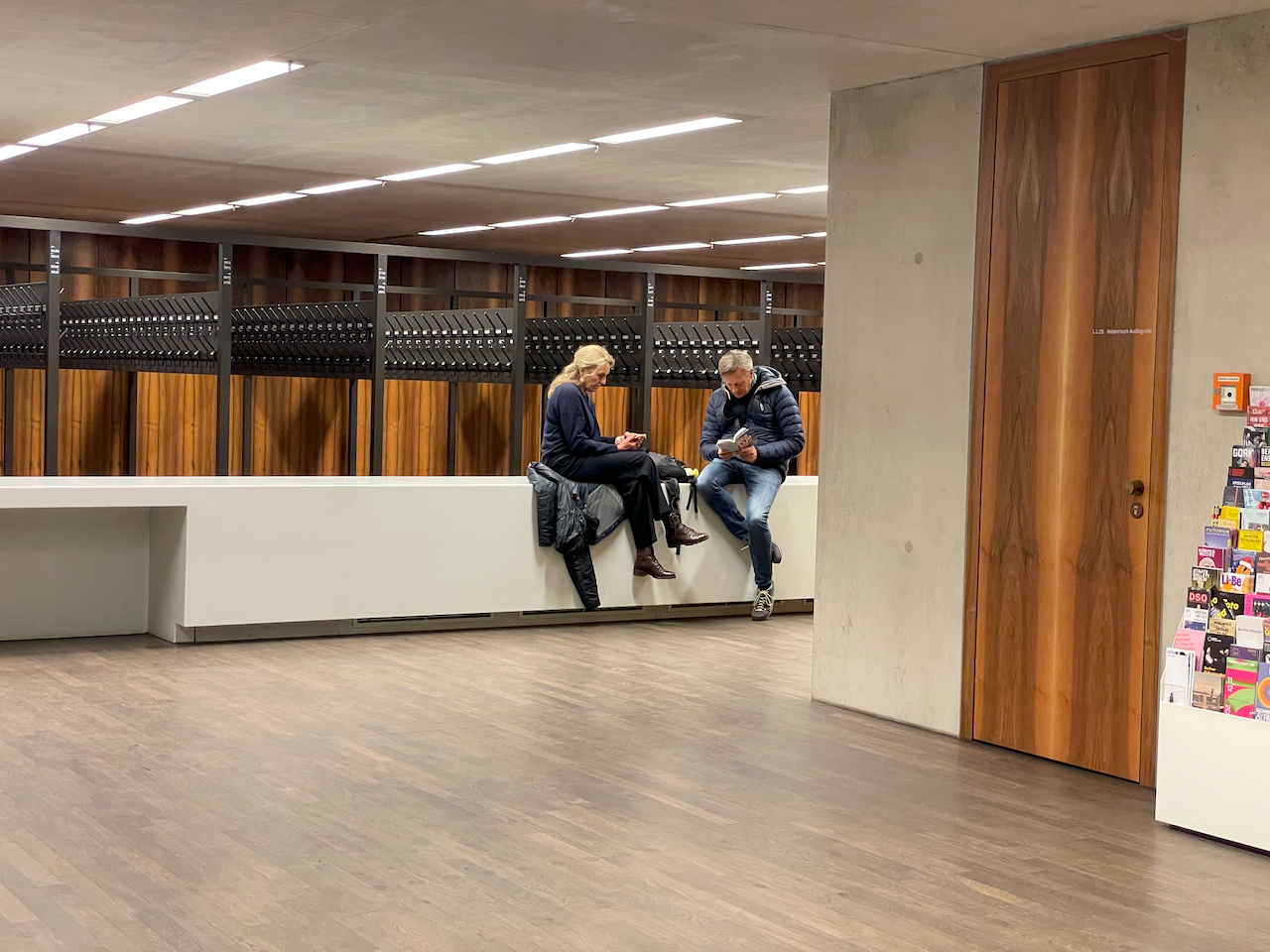
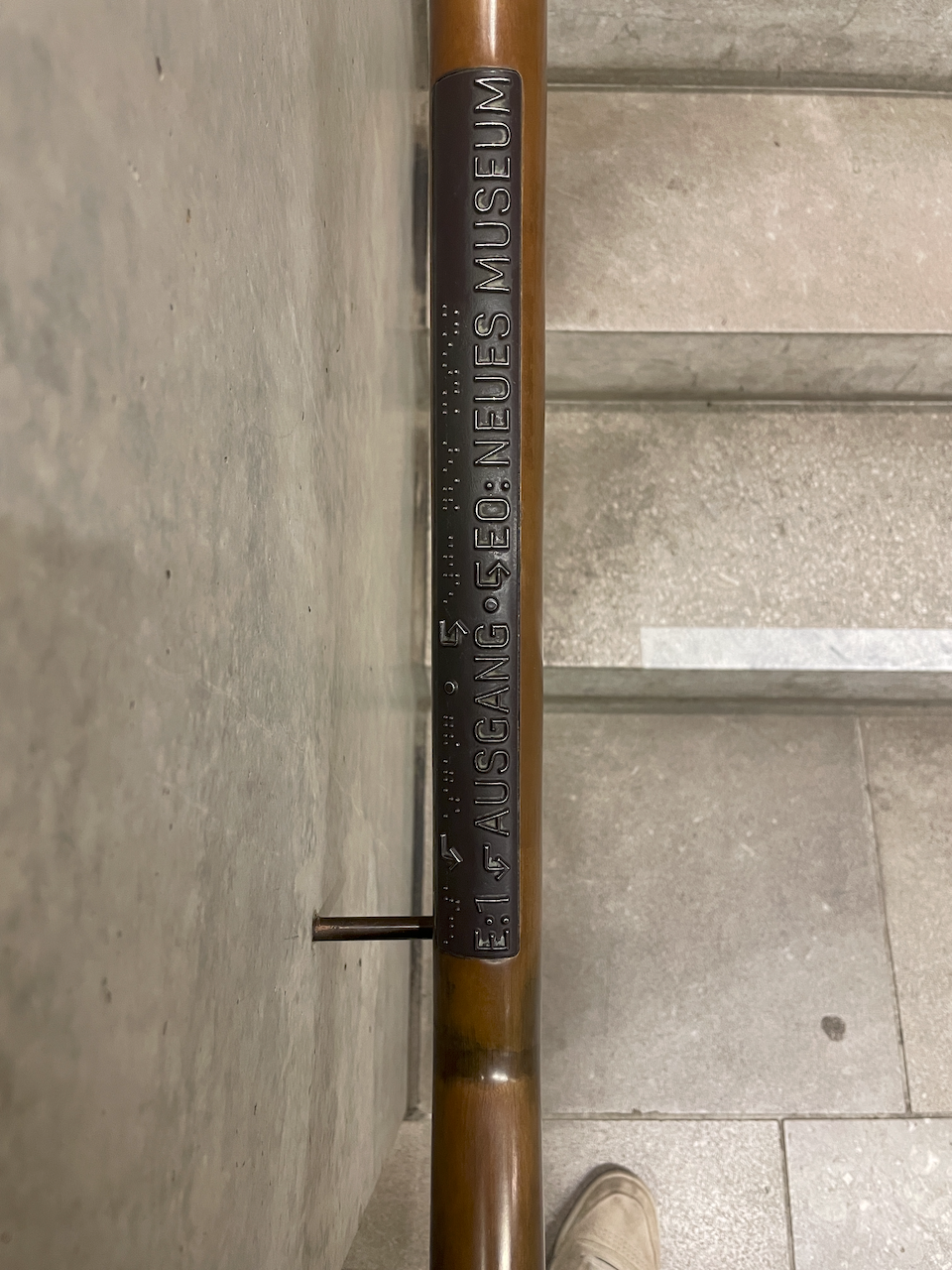
DZ Bank building
(Frank Gehry 2000)
A series of caves, emerging from the reinforced mountain.
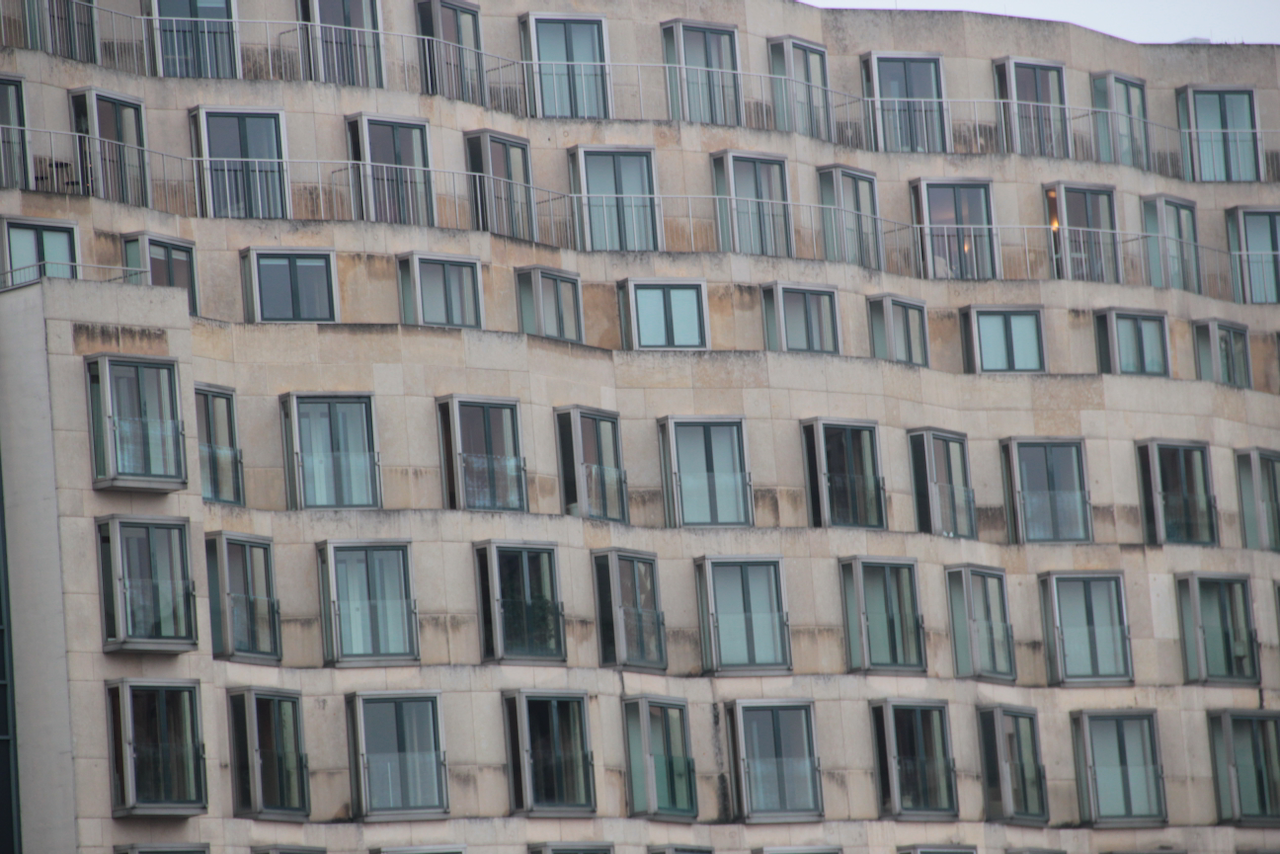

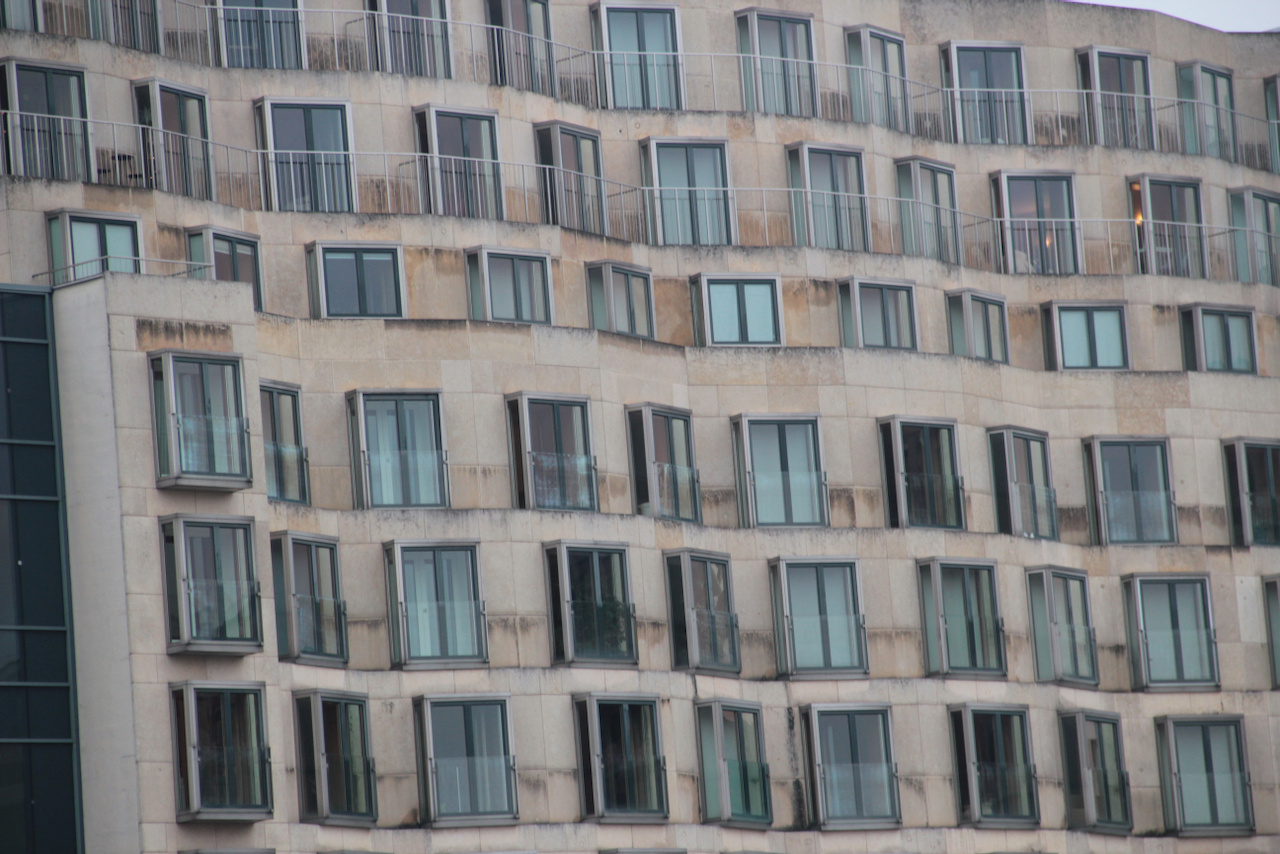
Berlin State Library’s Haus Unter den Linden Renovation
HG Merz Architekten und Museumsgestalter, 2021
staircases
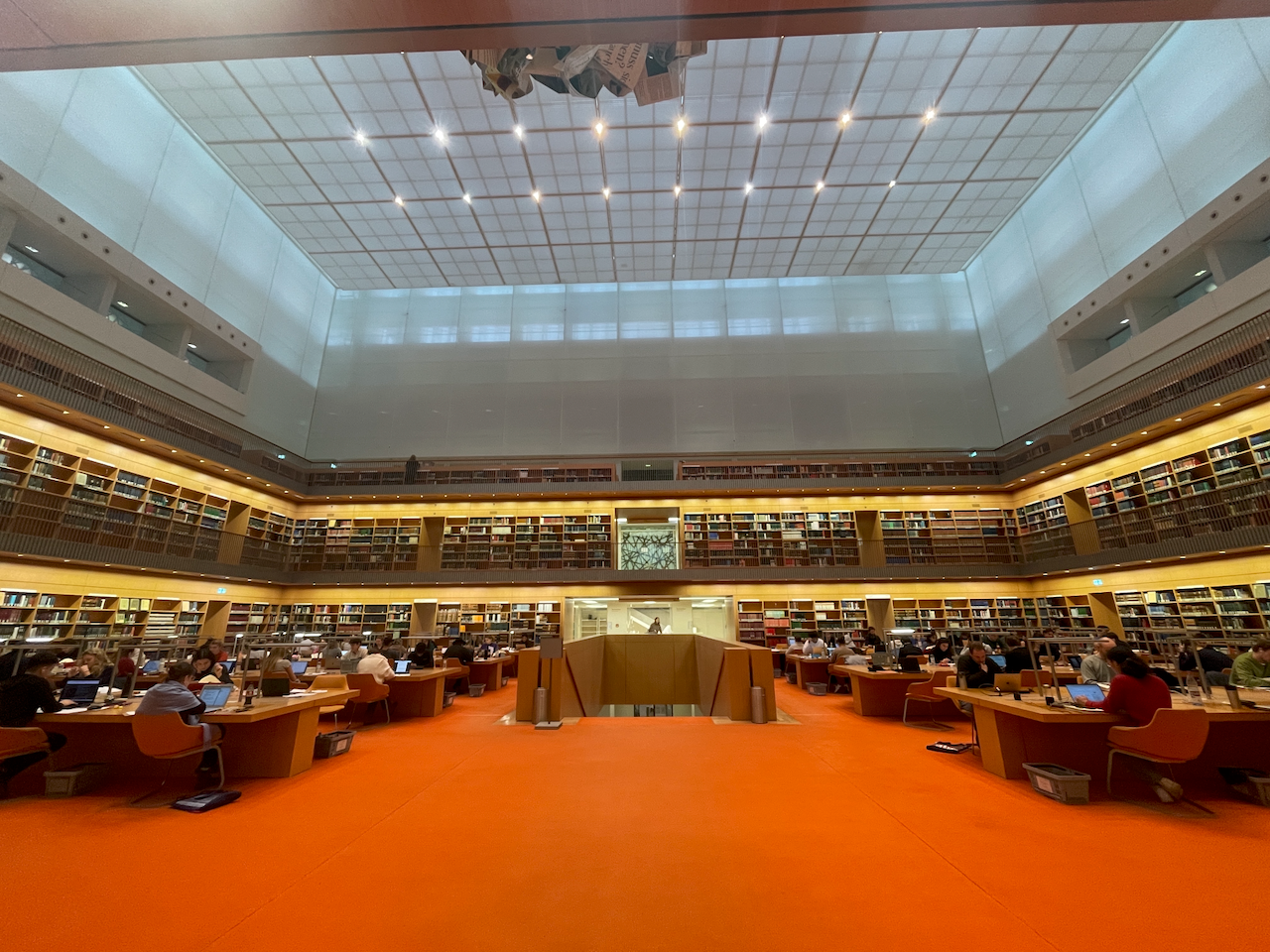

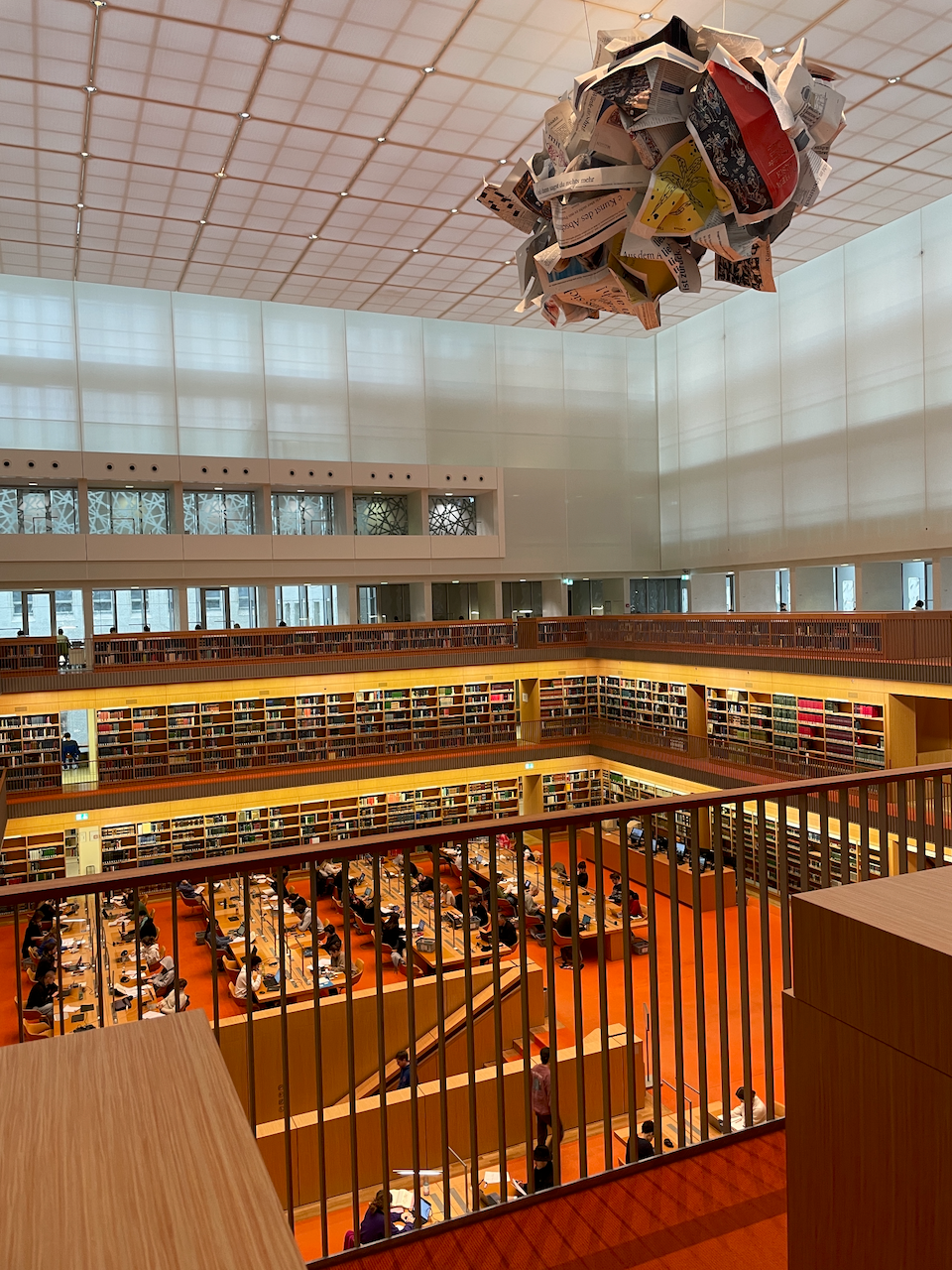
Quartier Schützenstraße
Aldo Rossi, 1998
